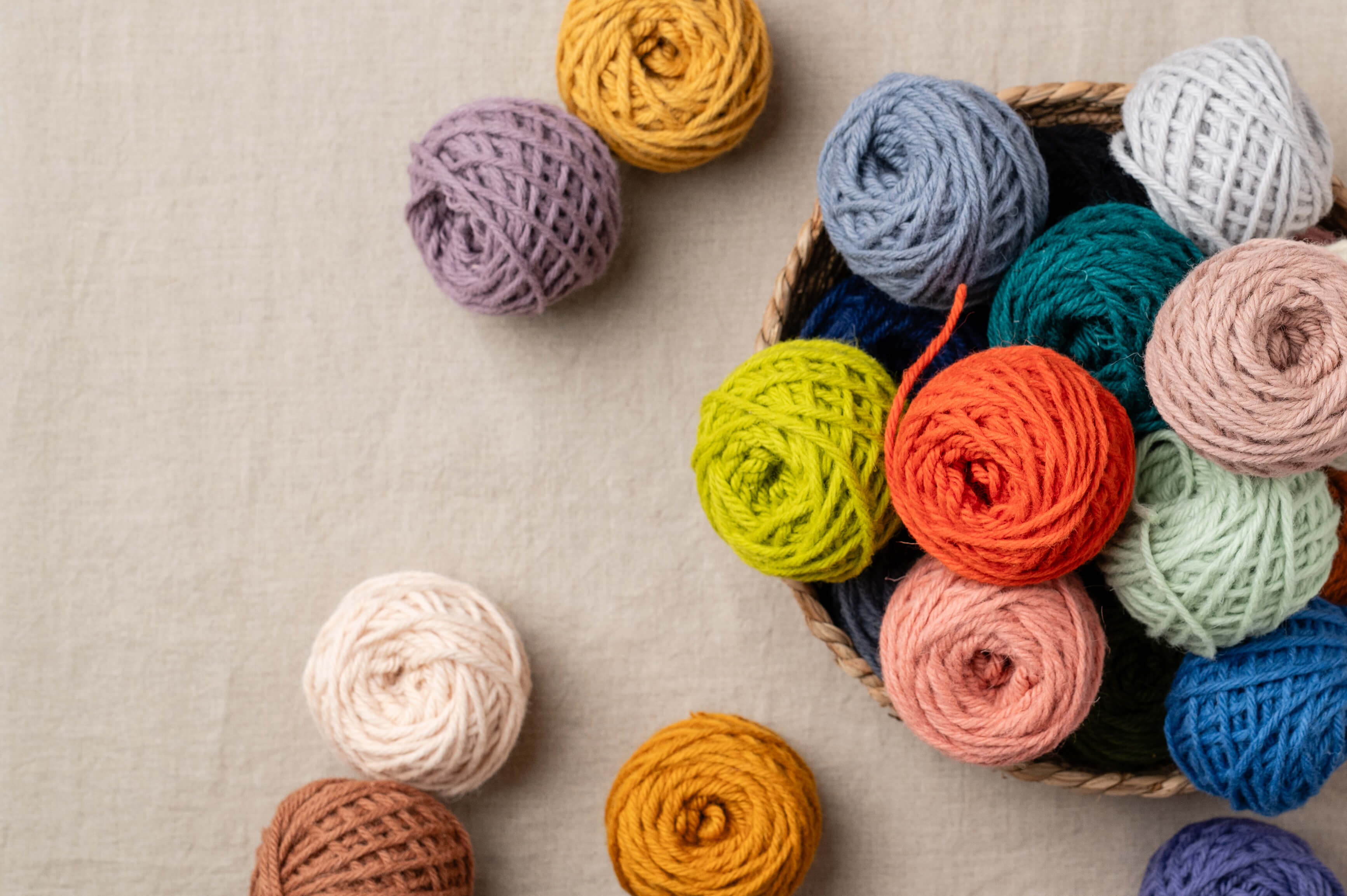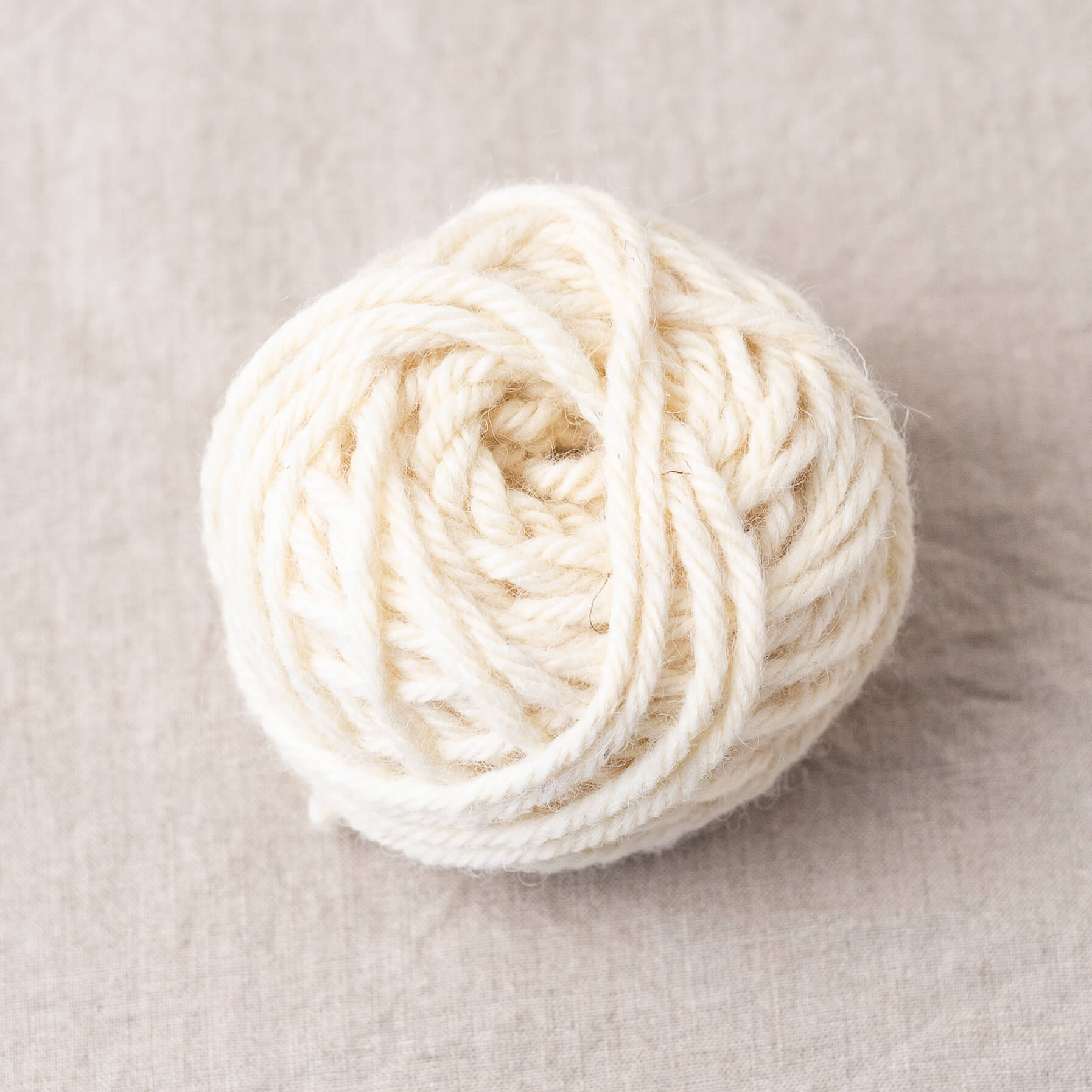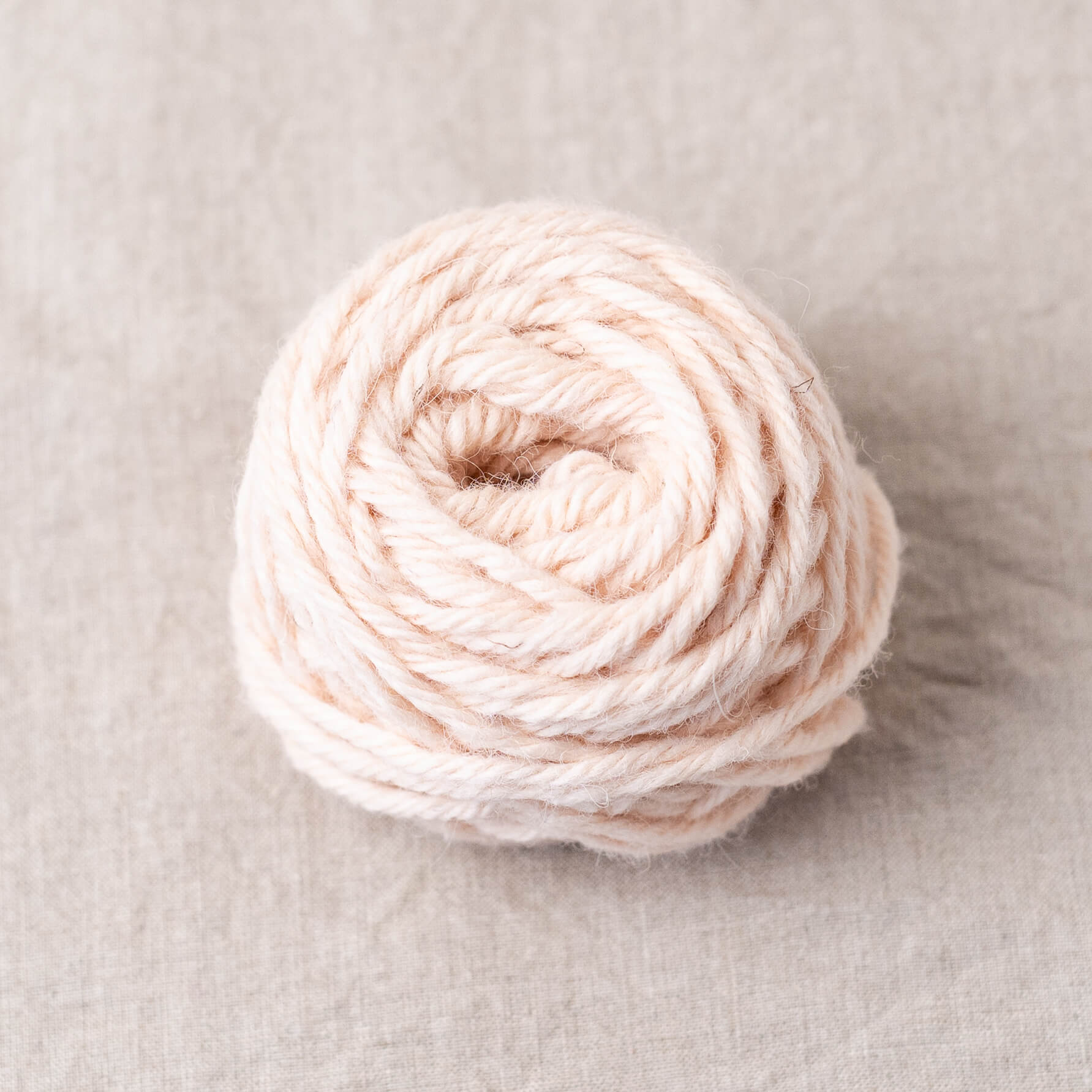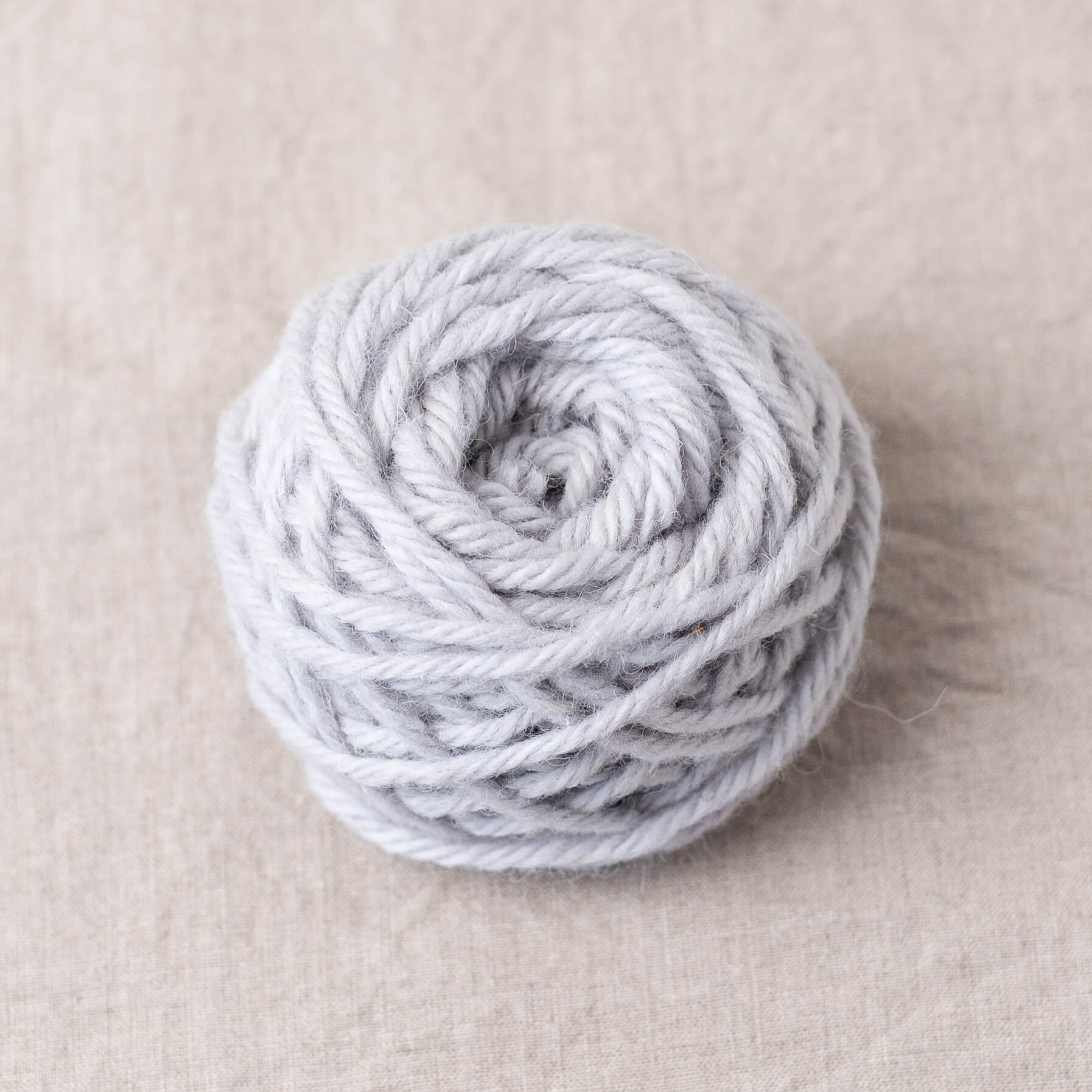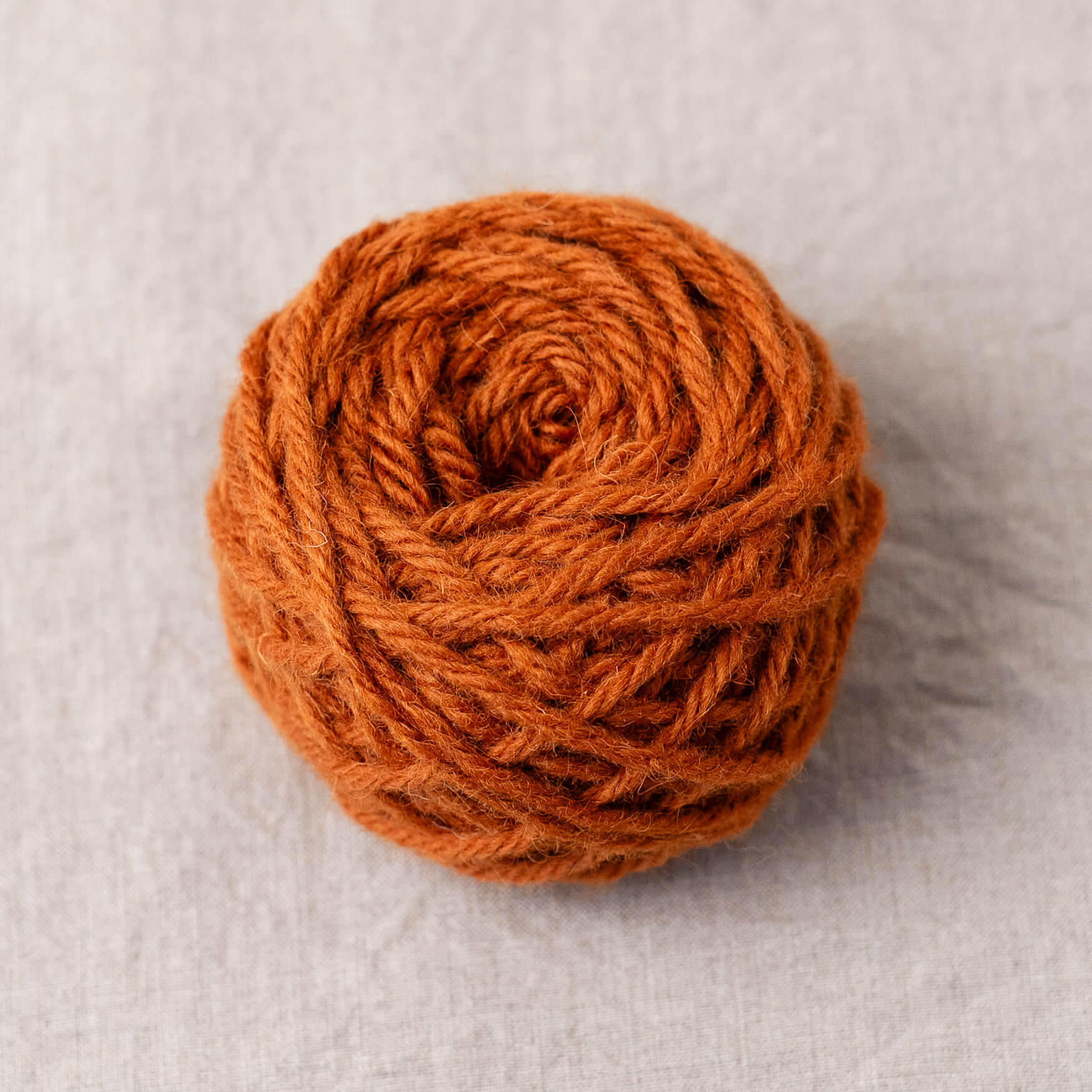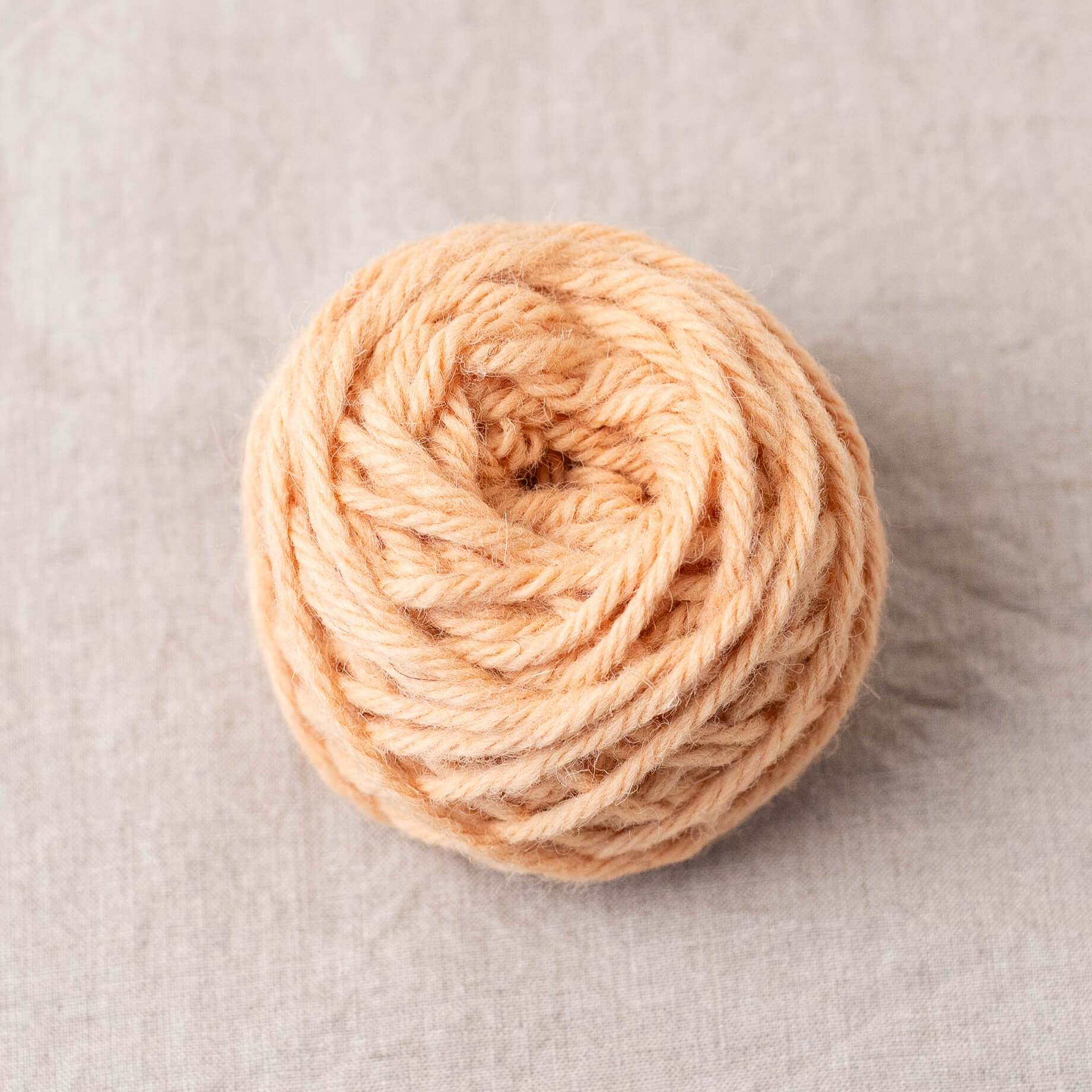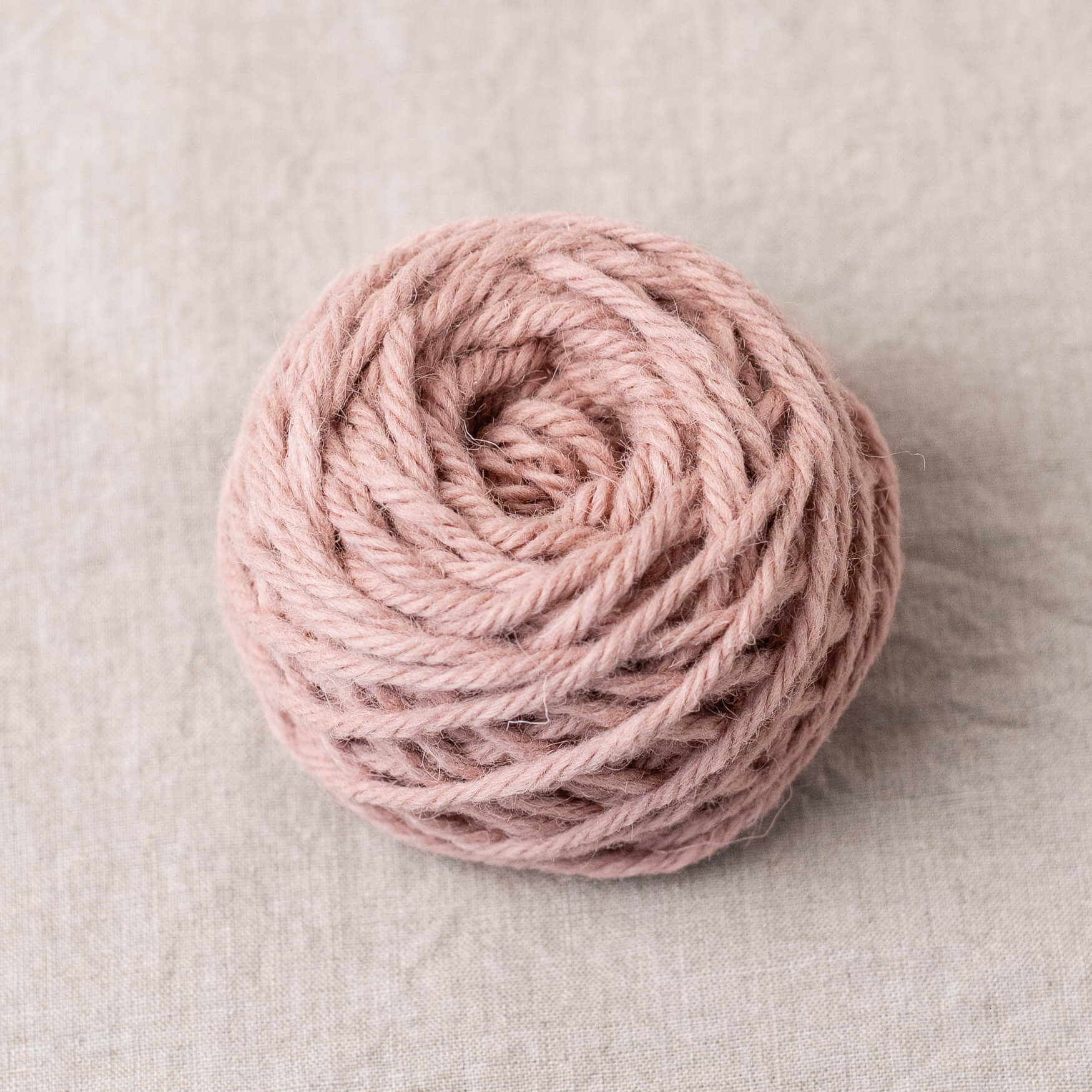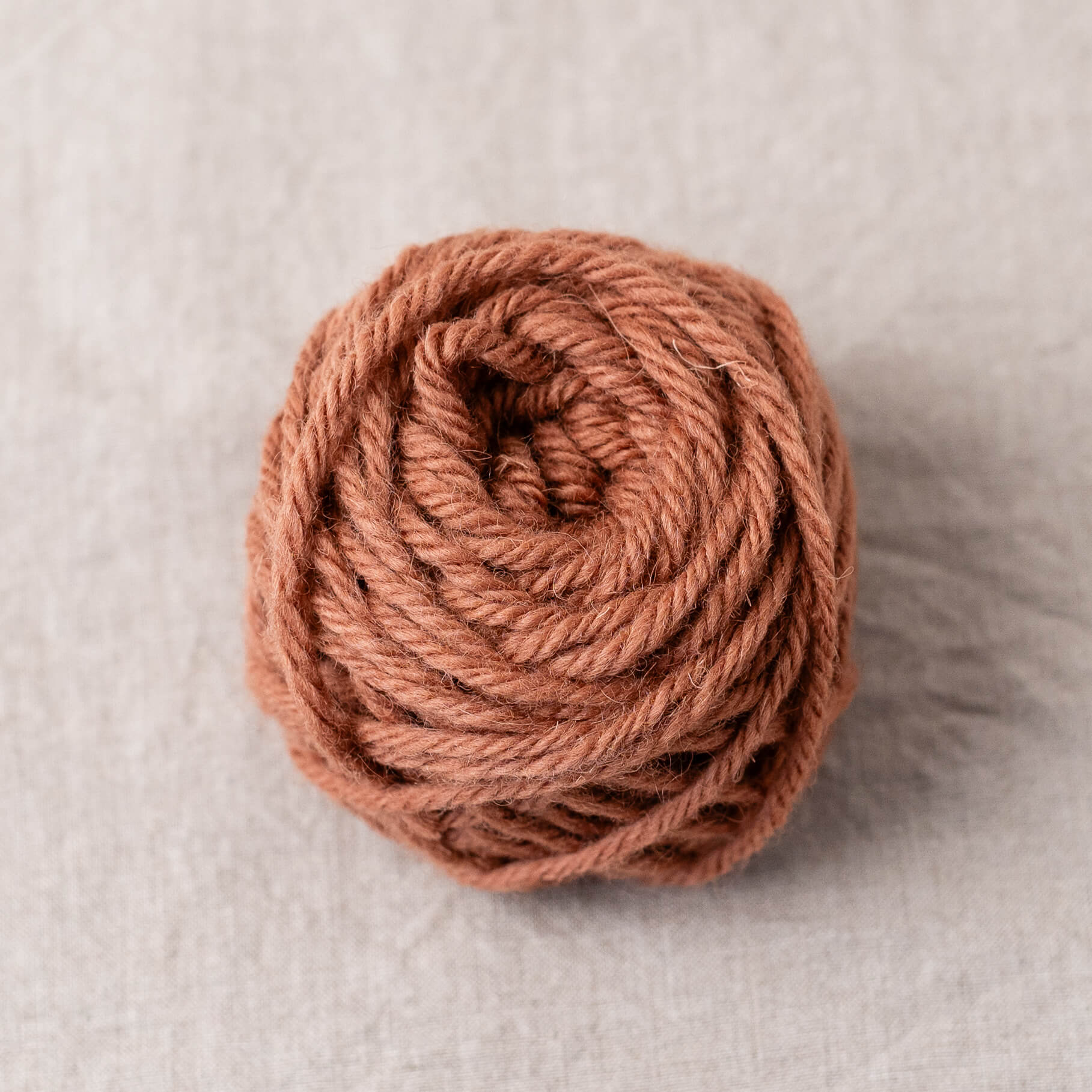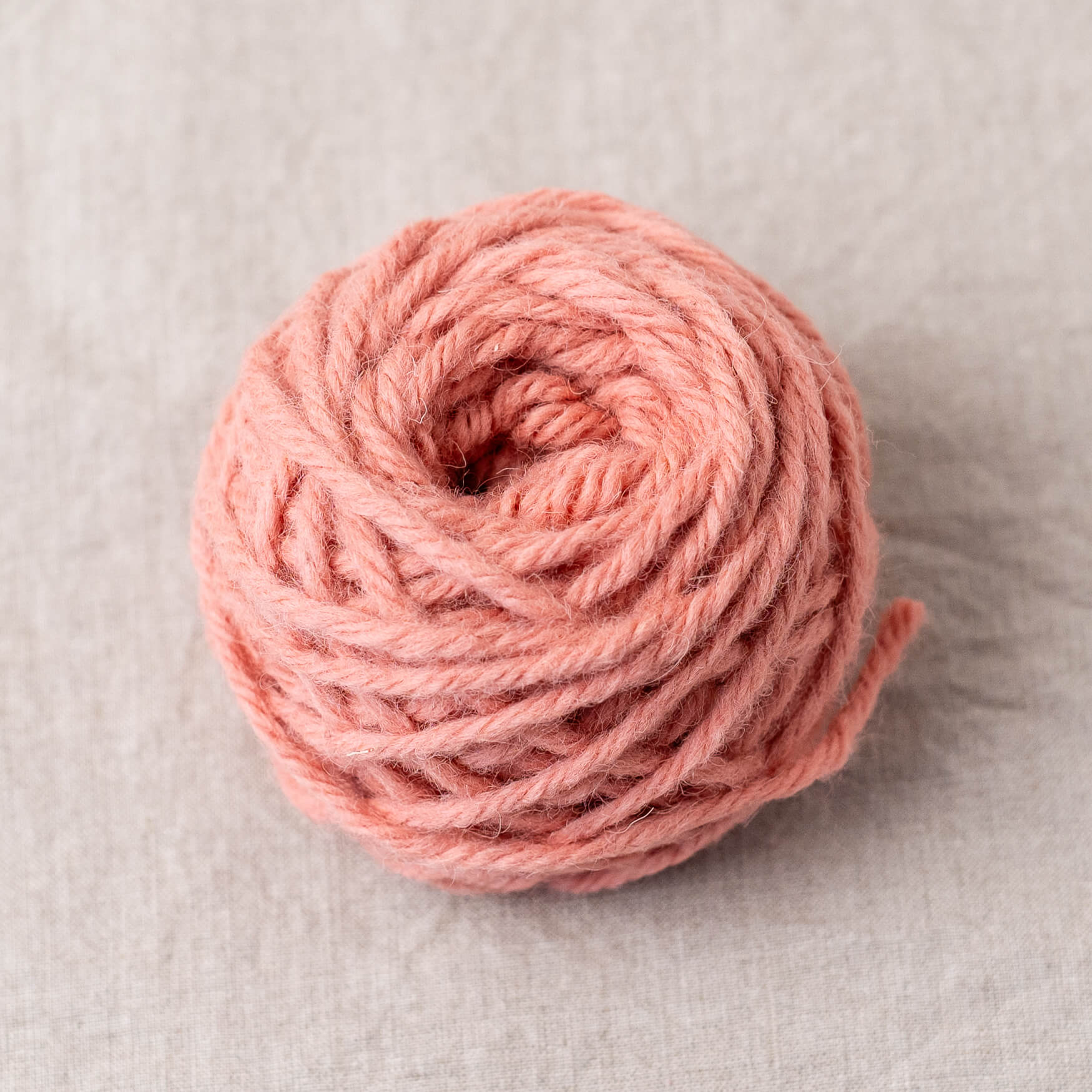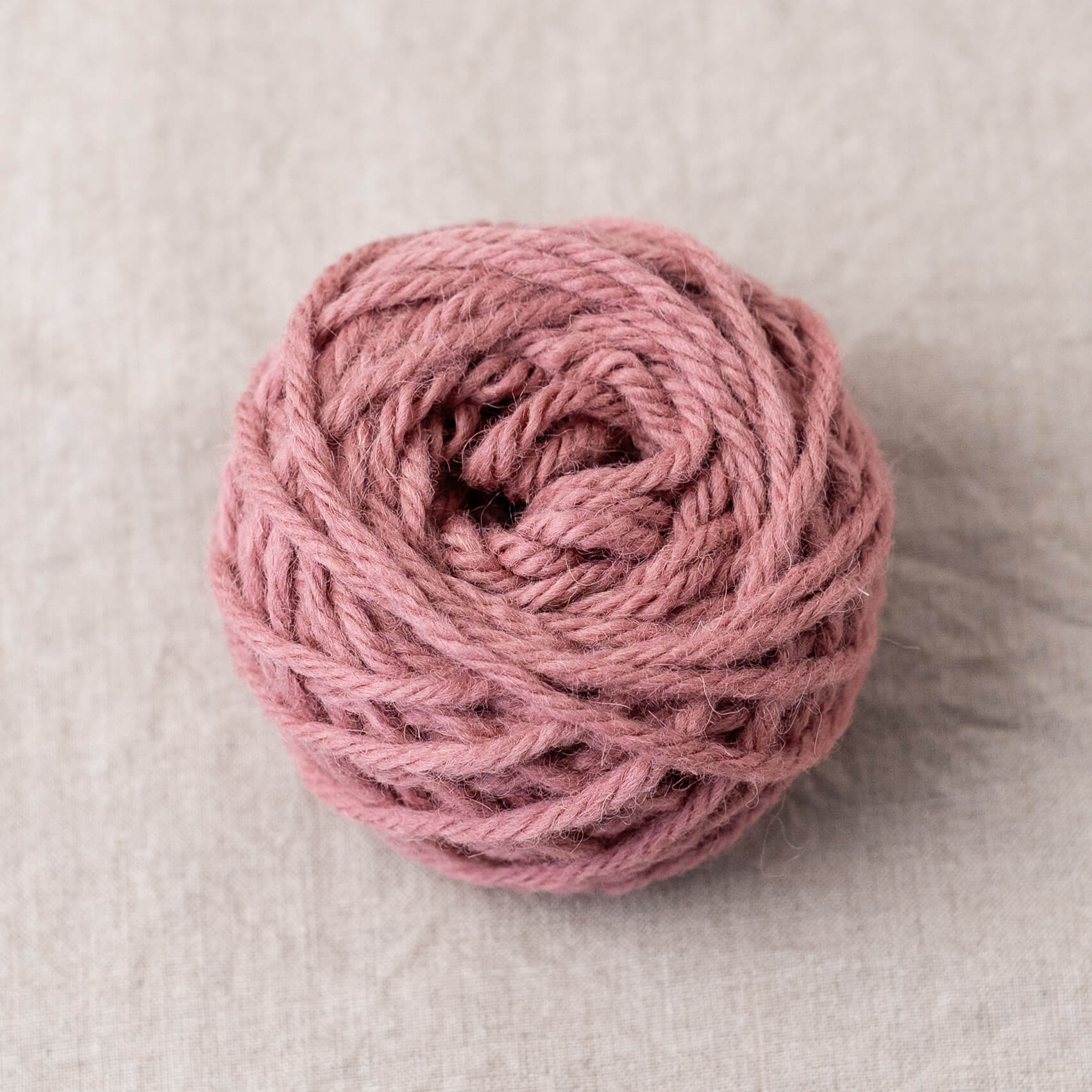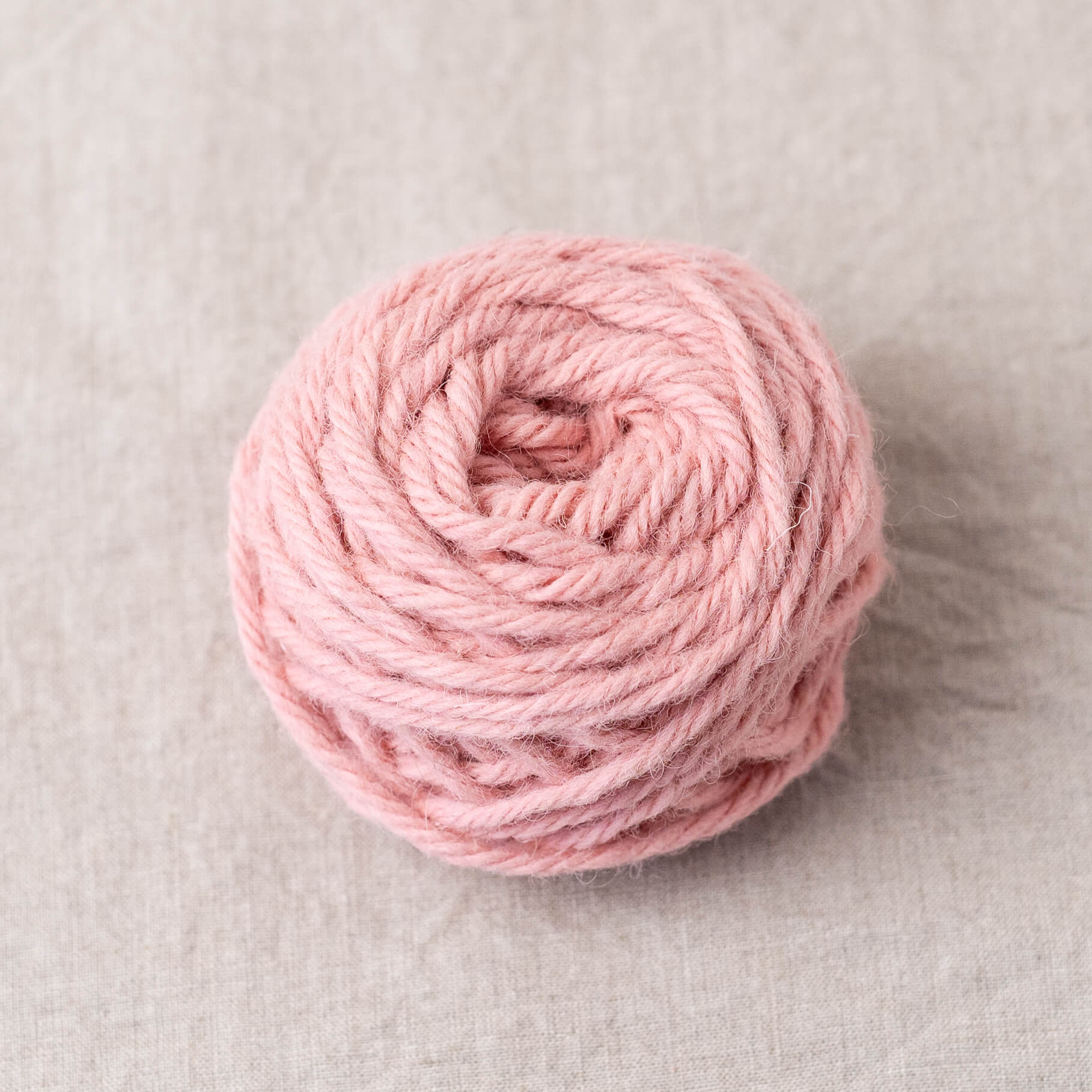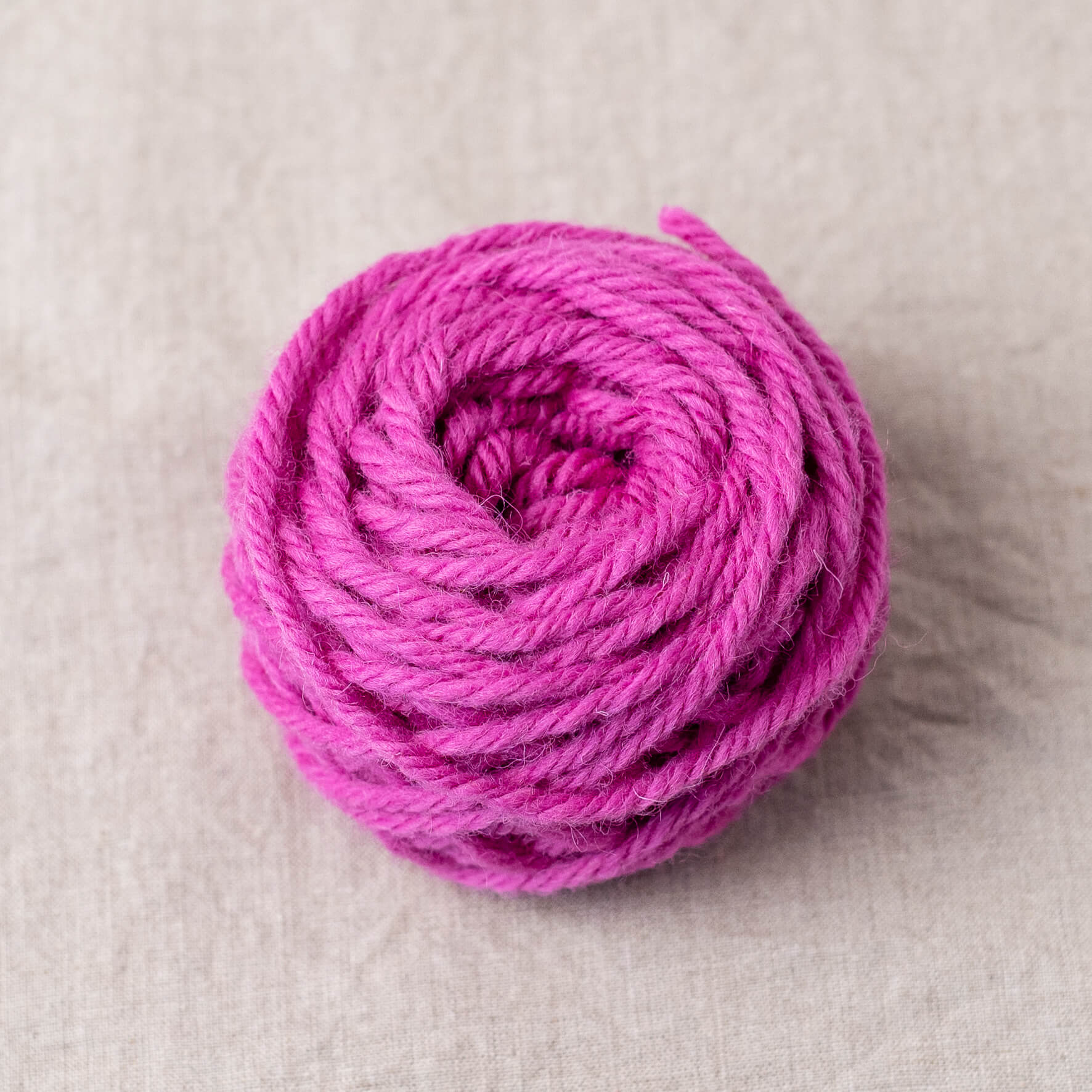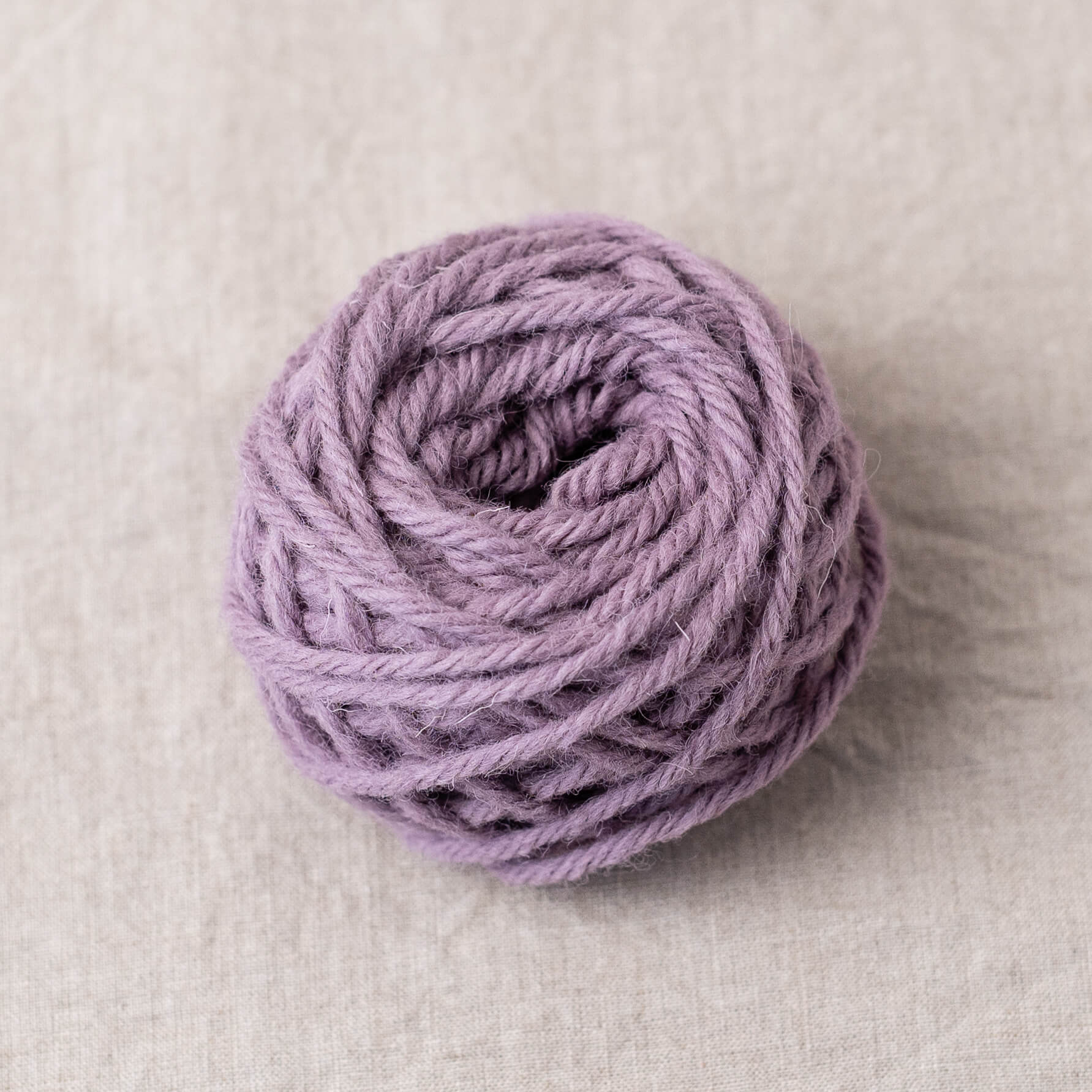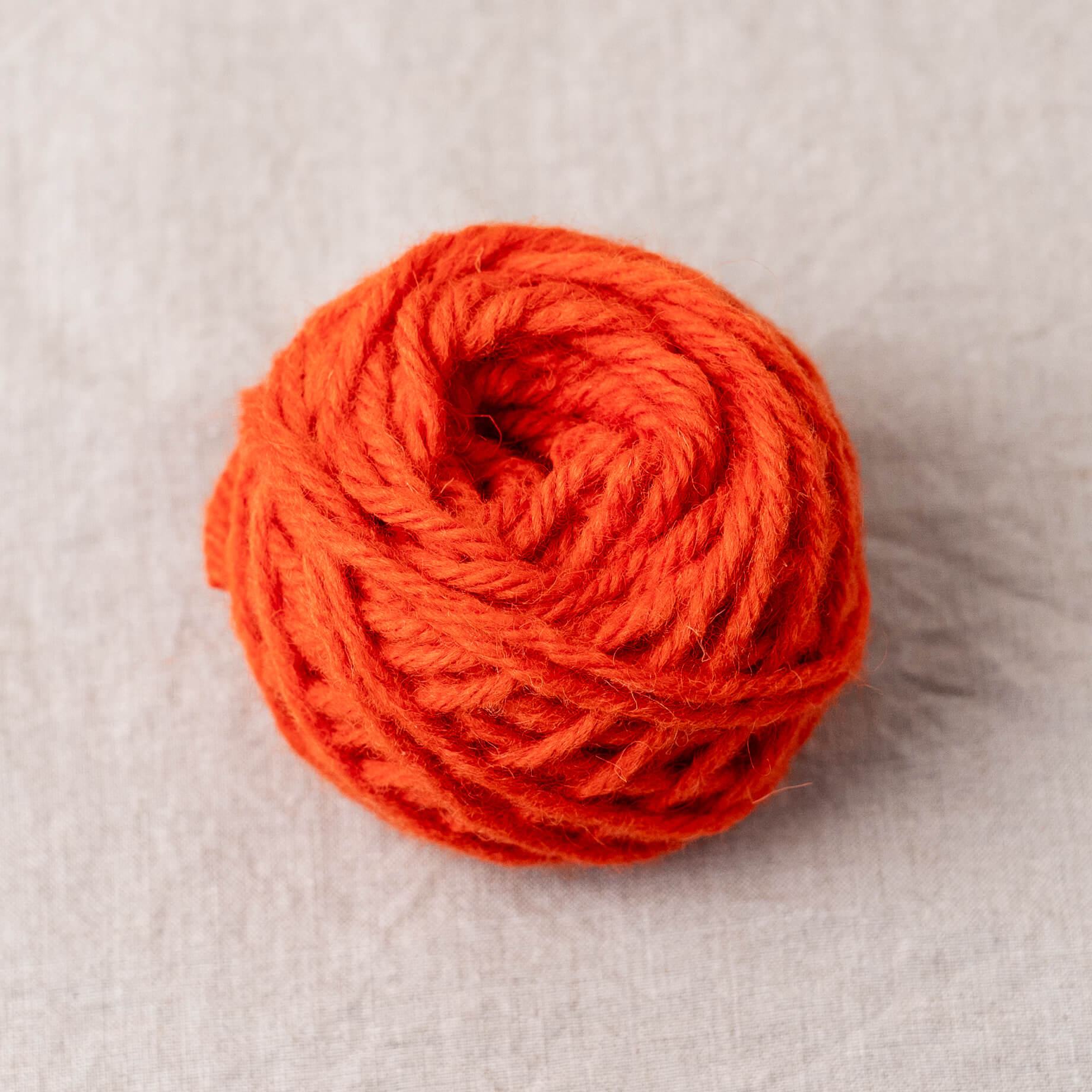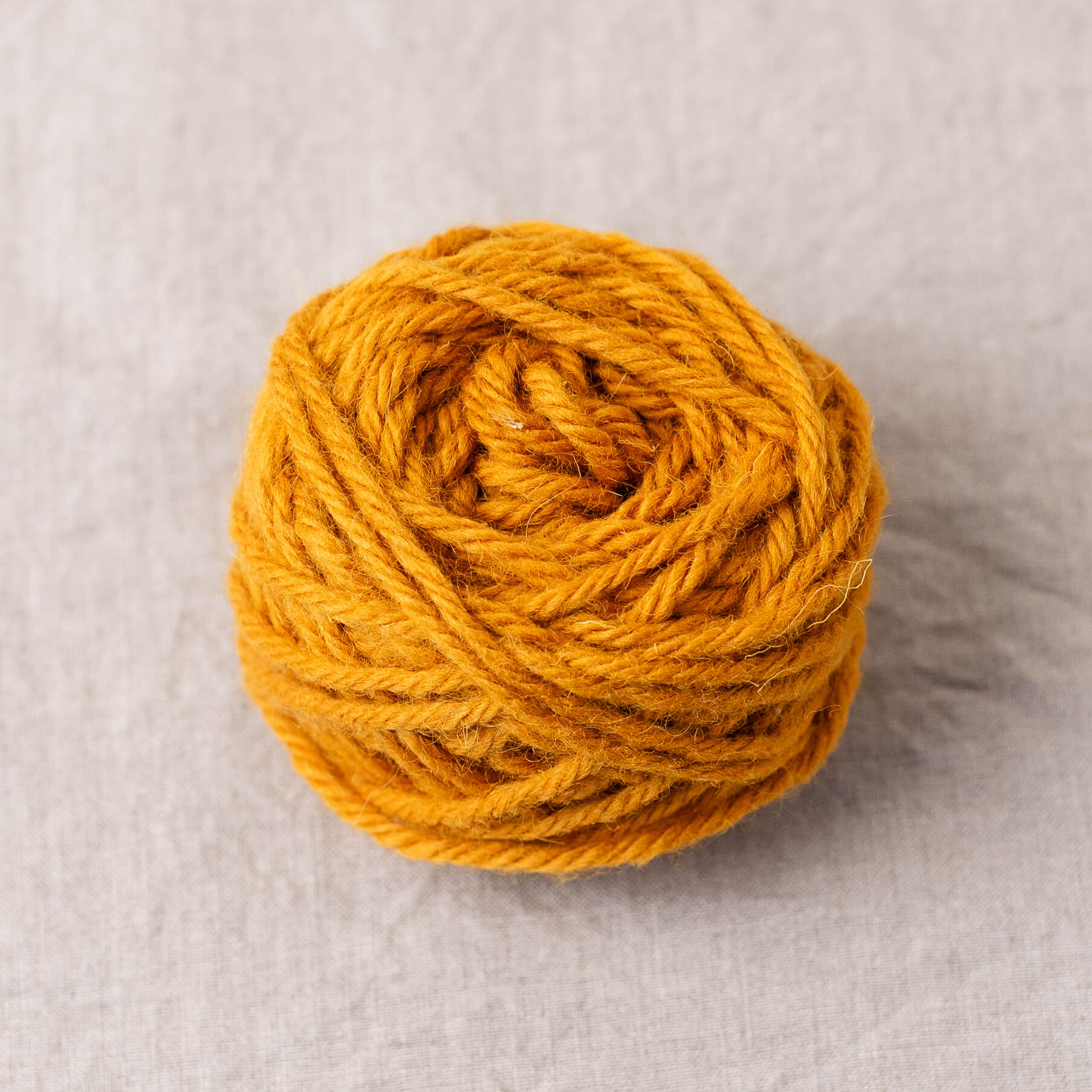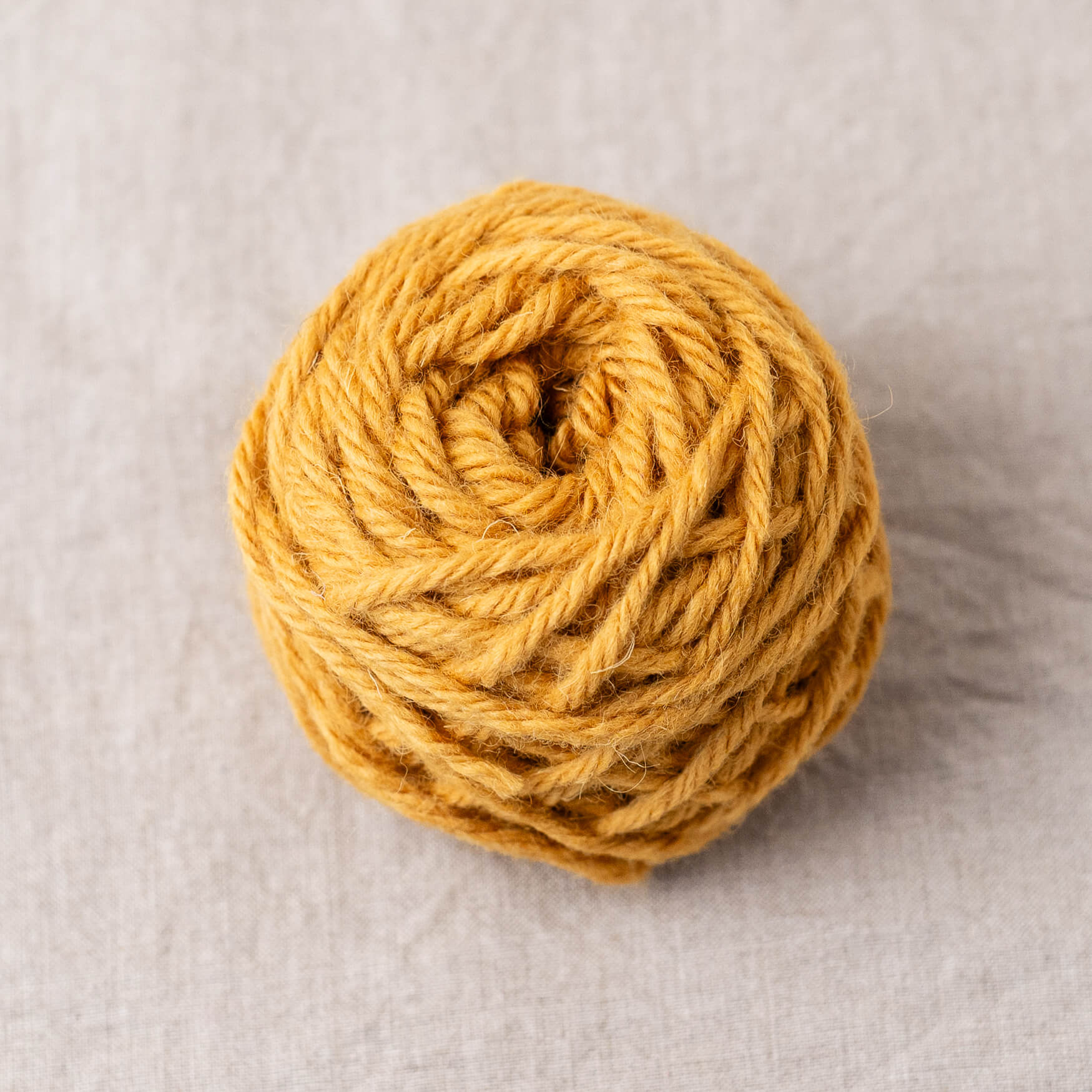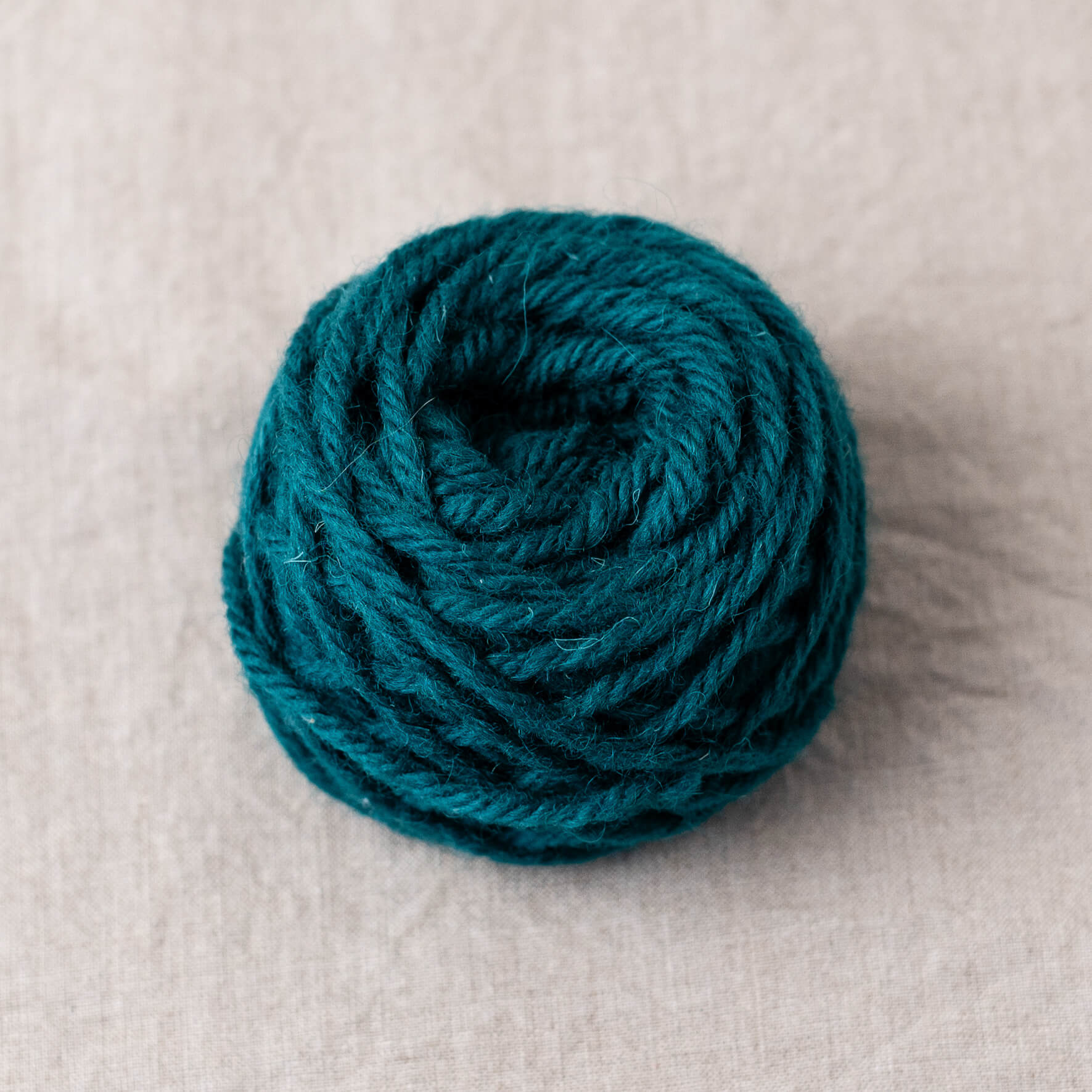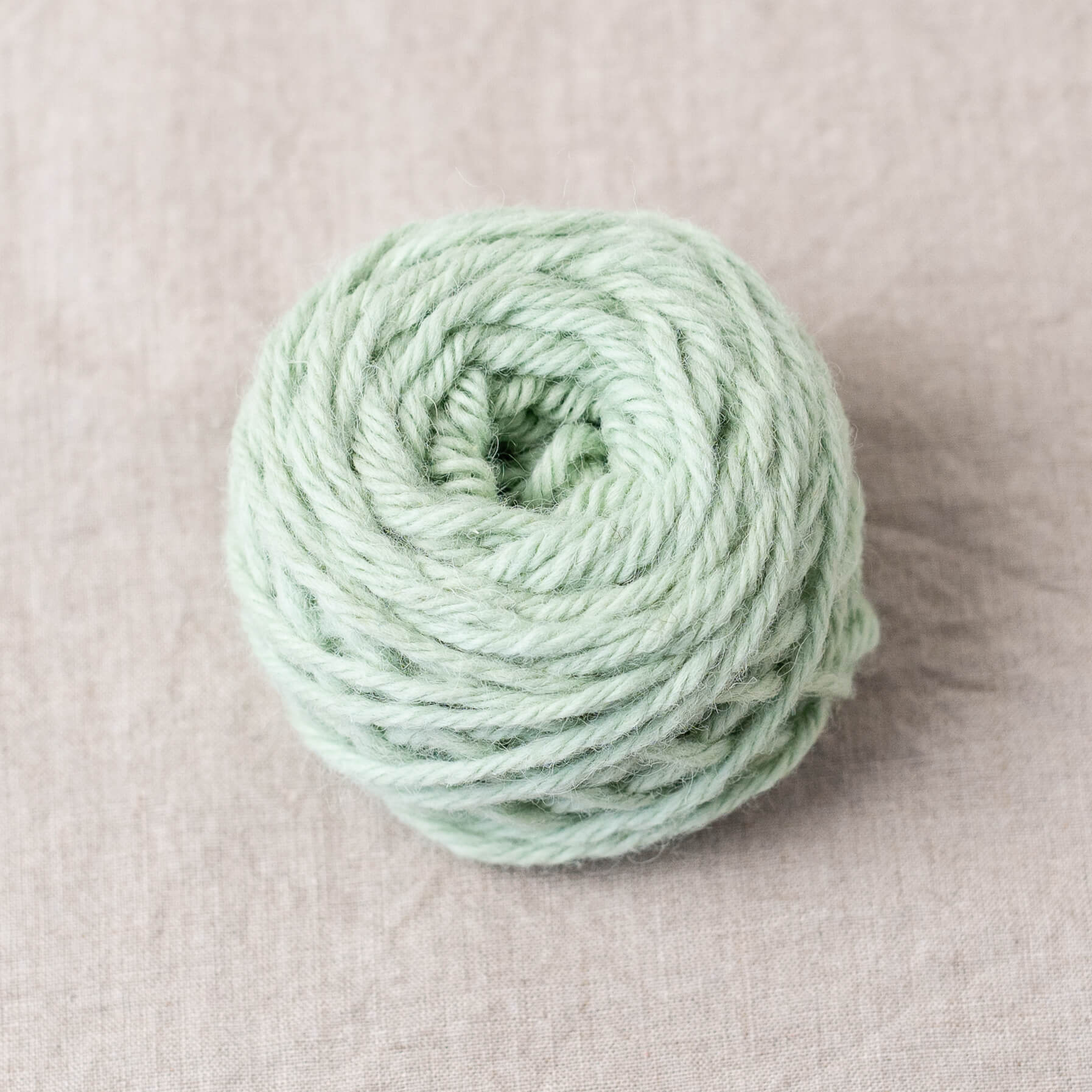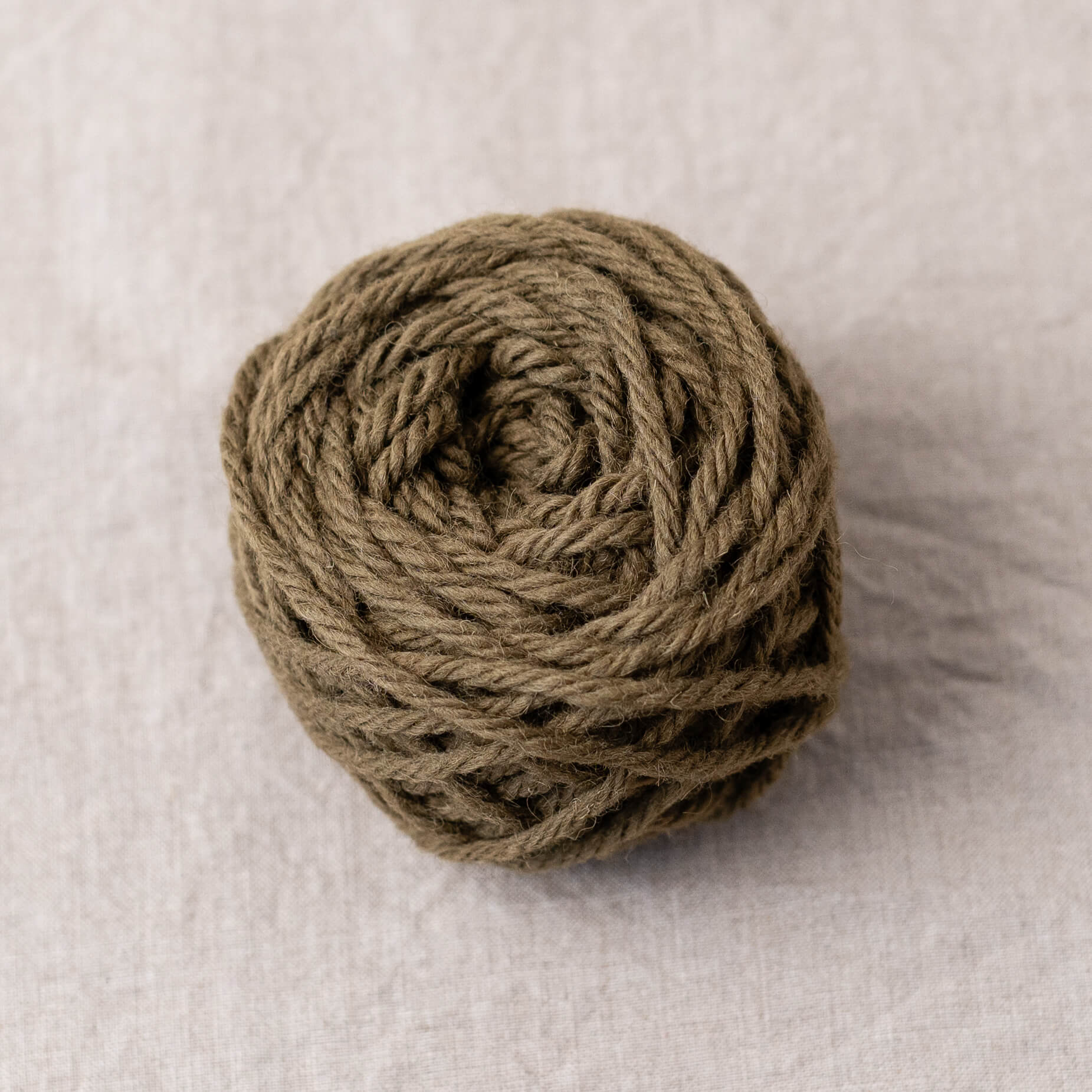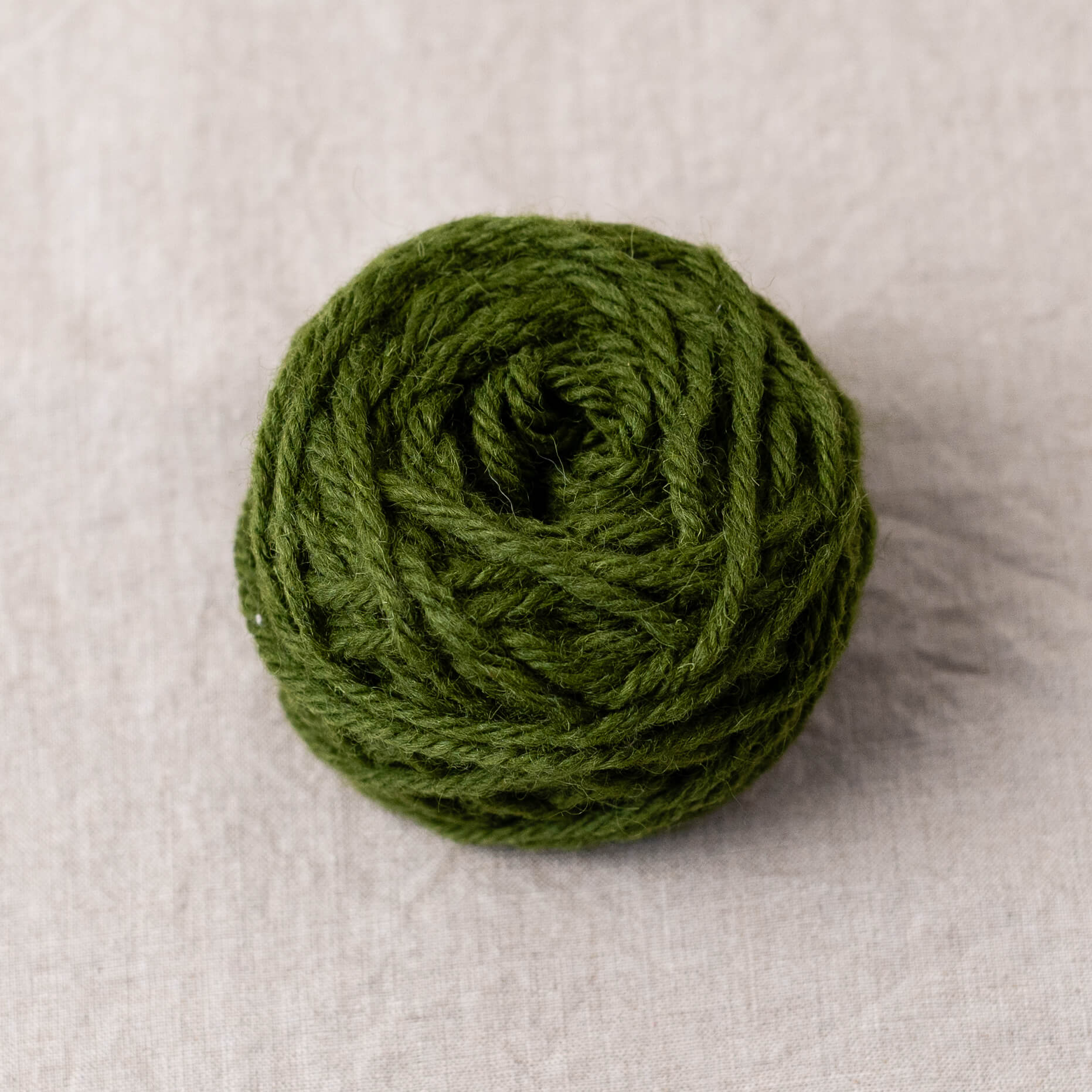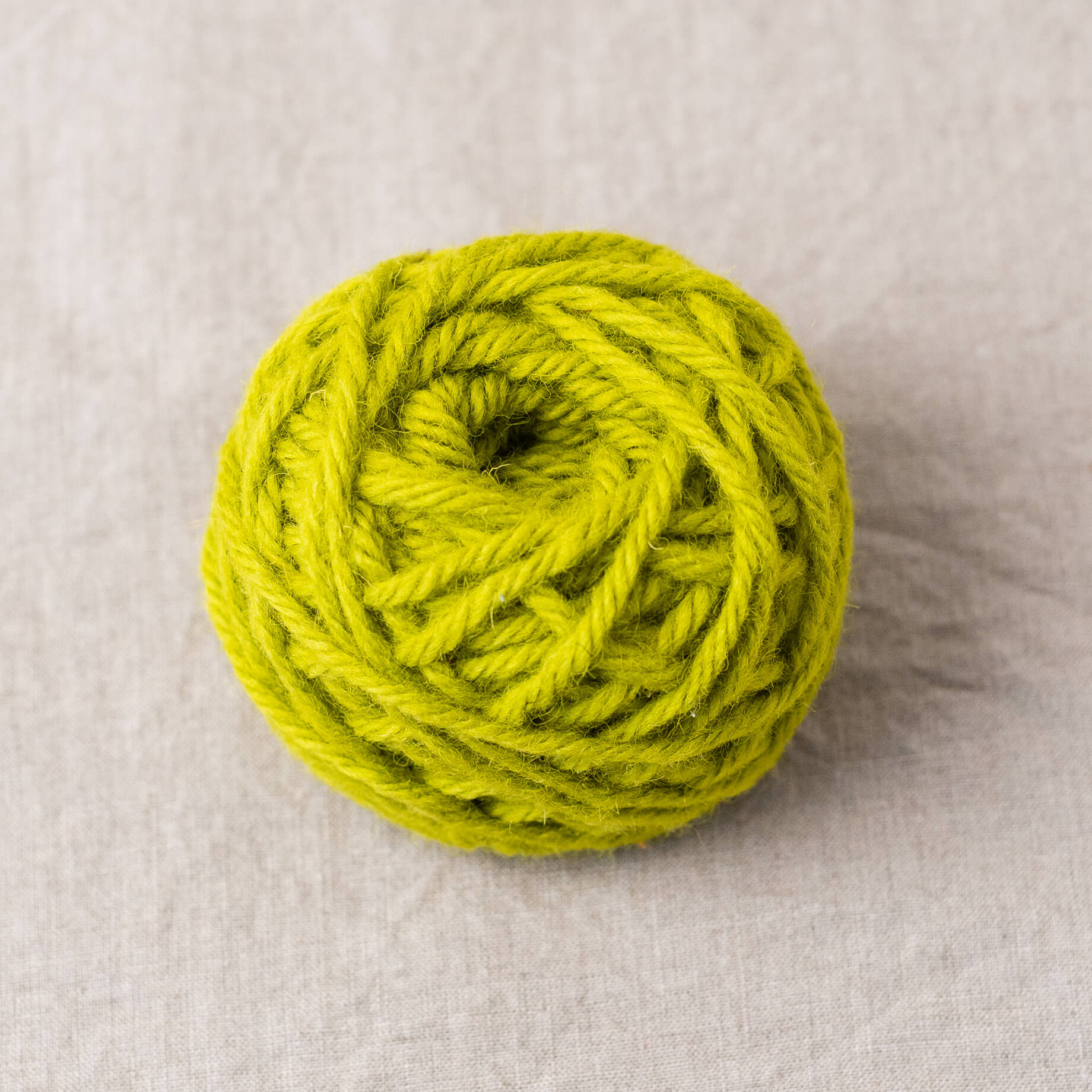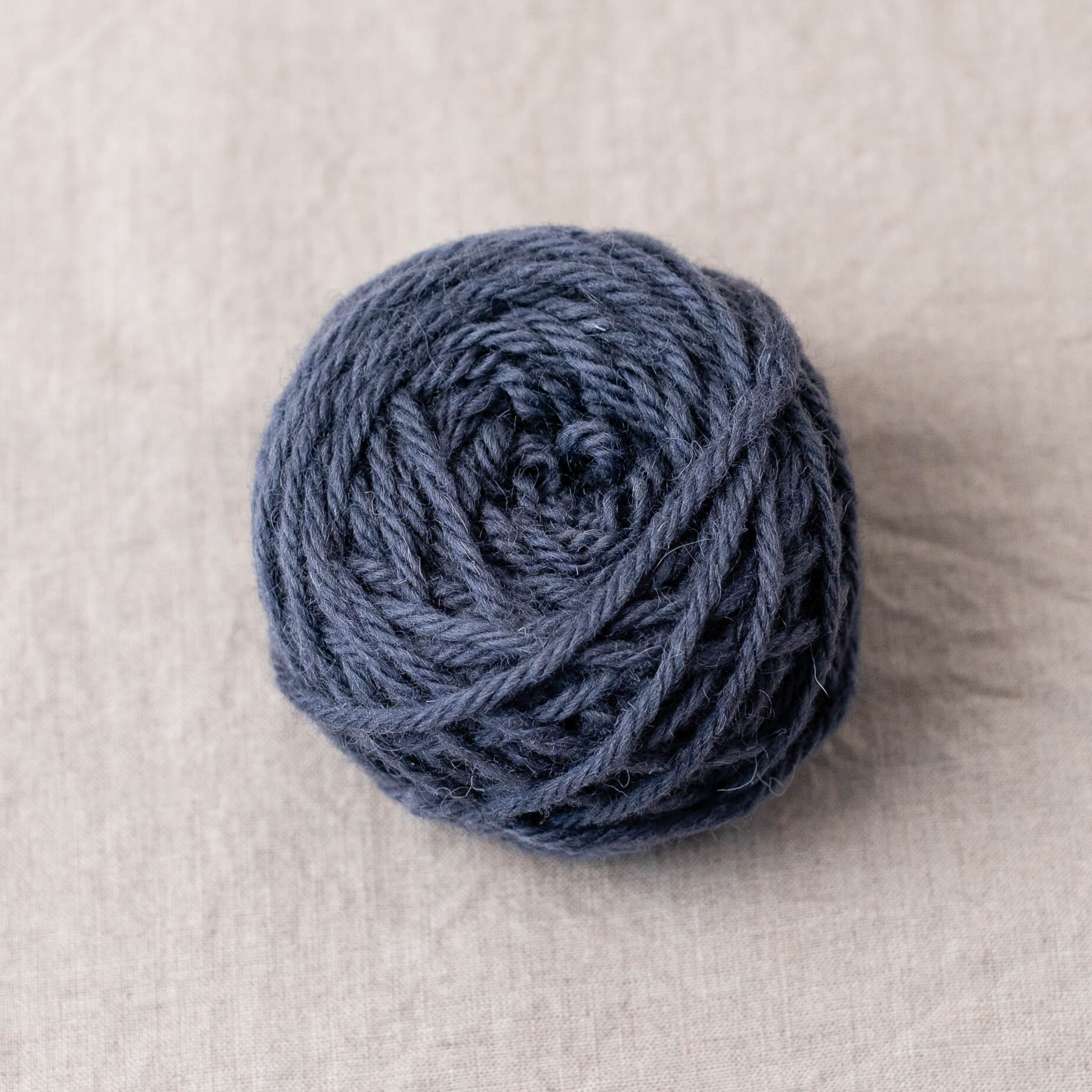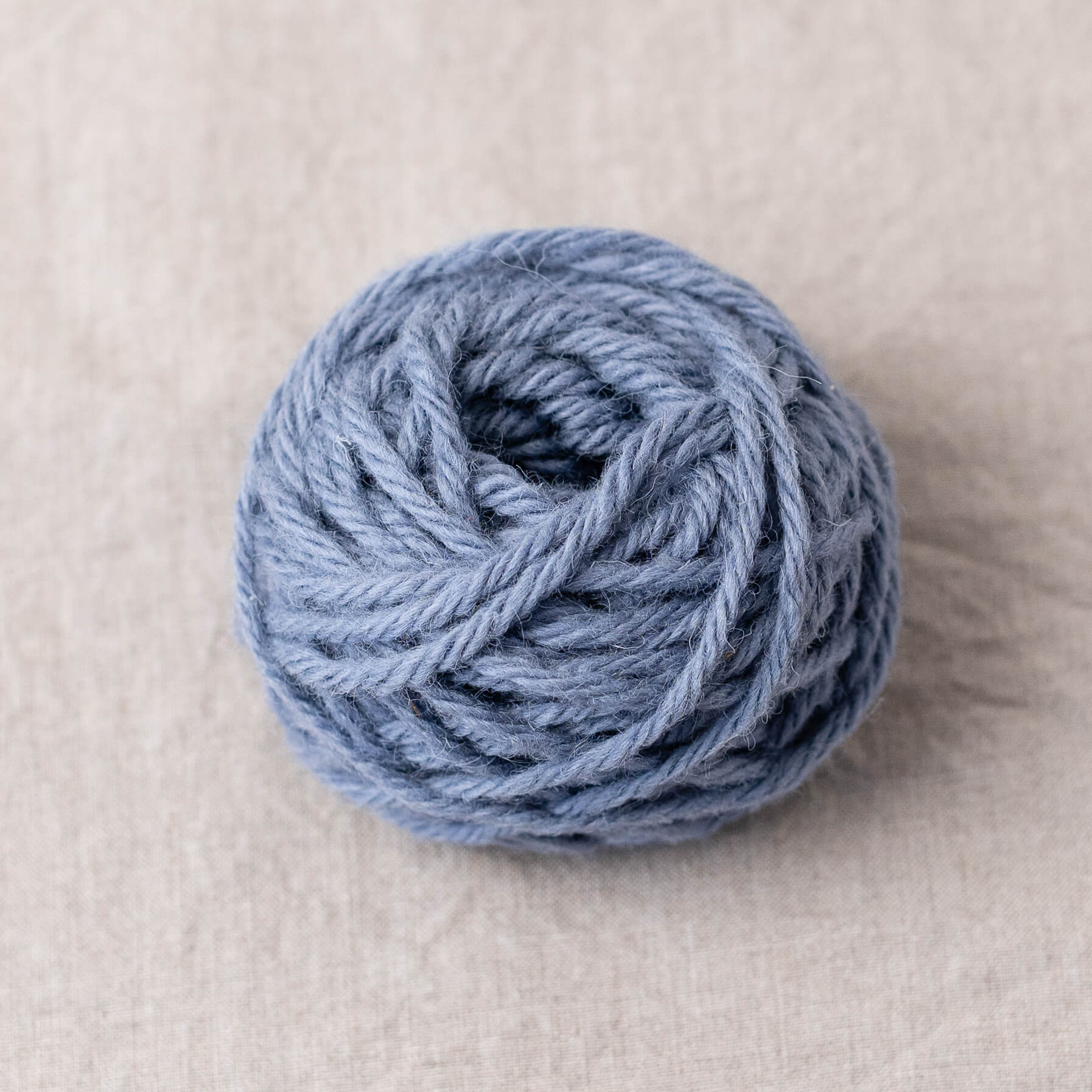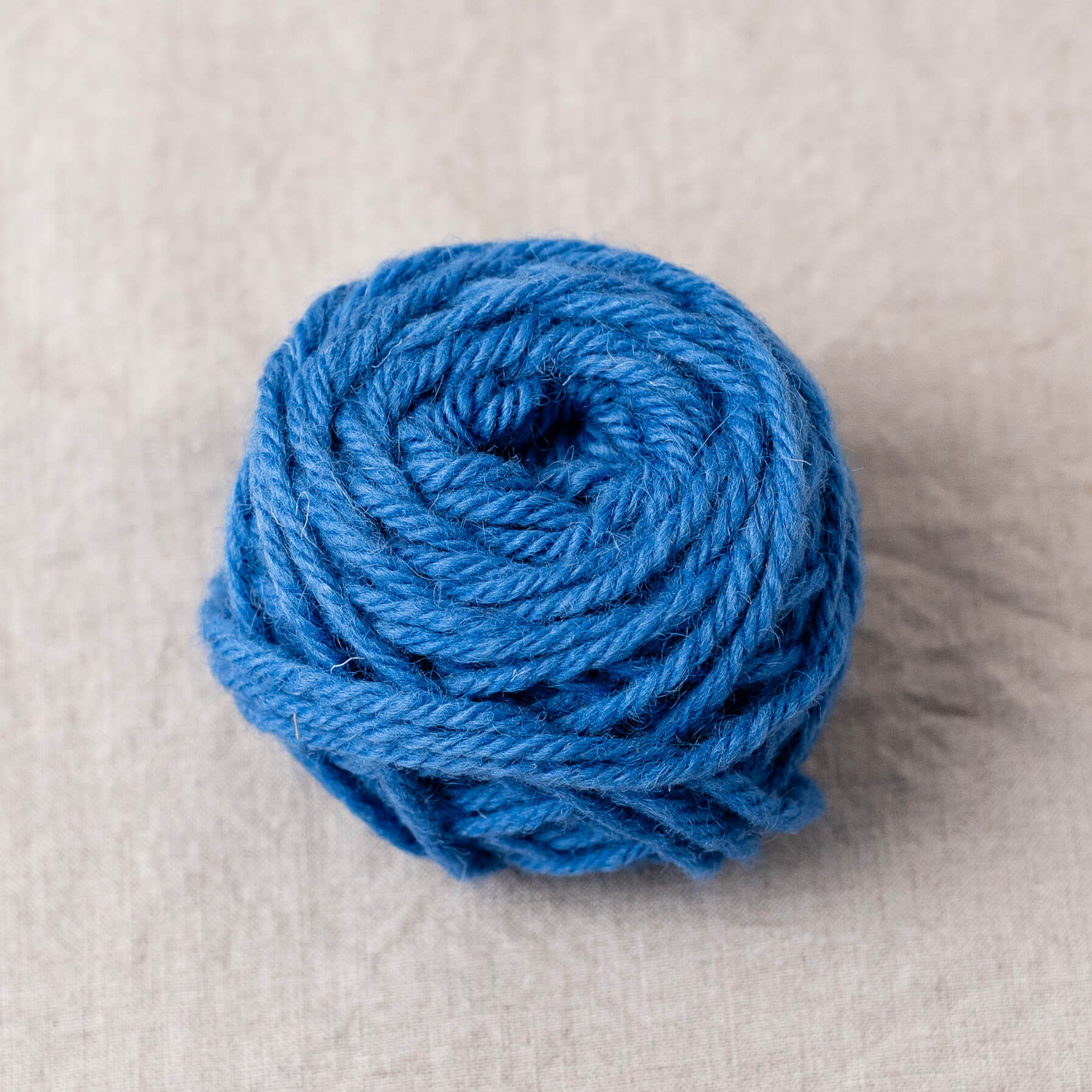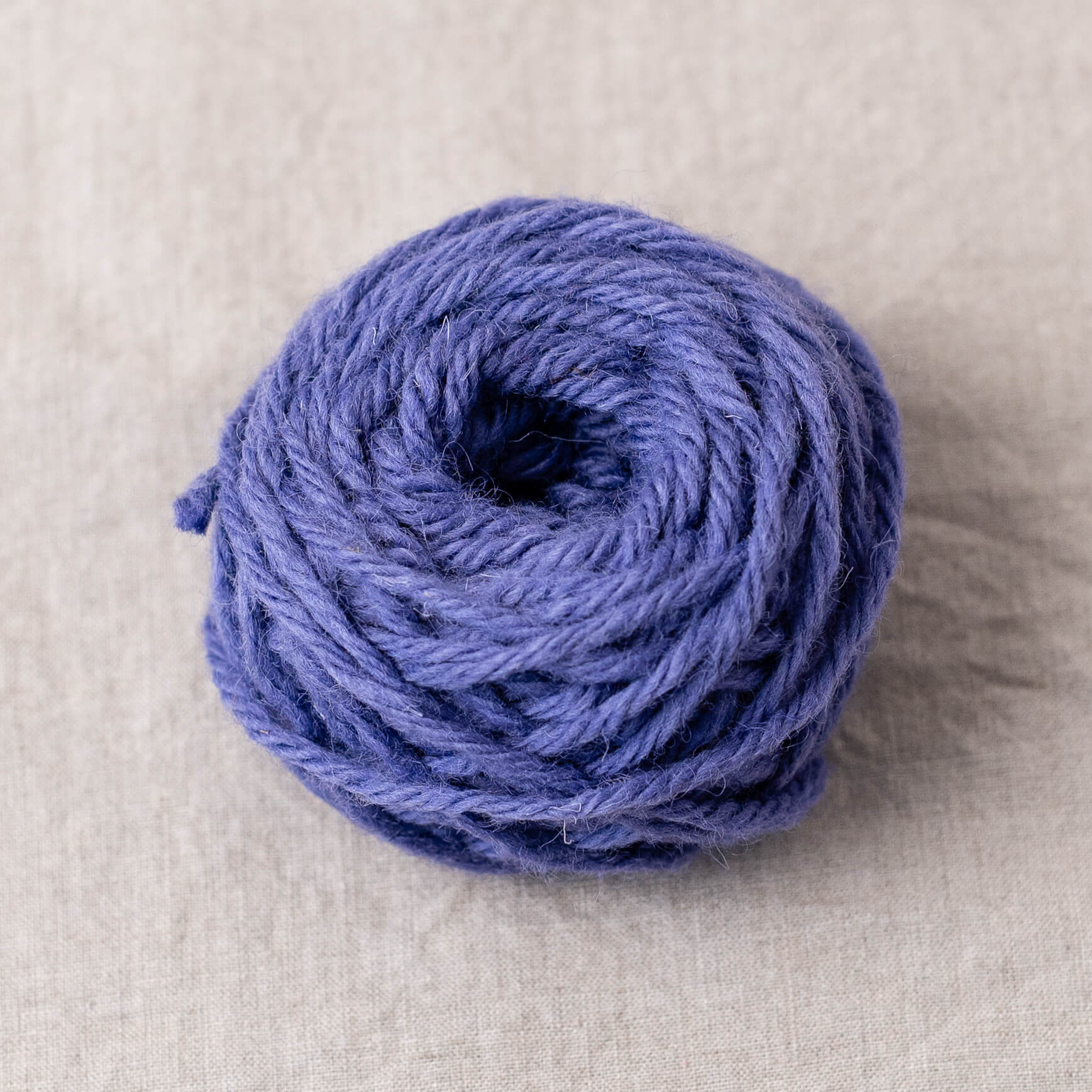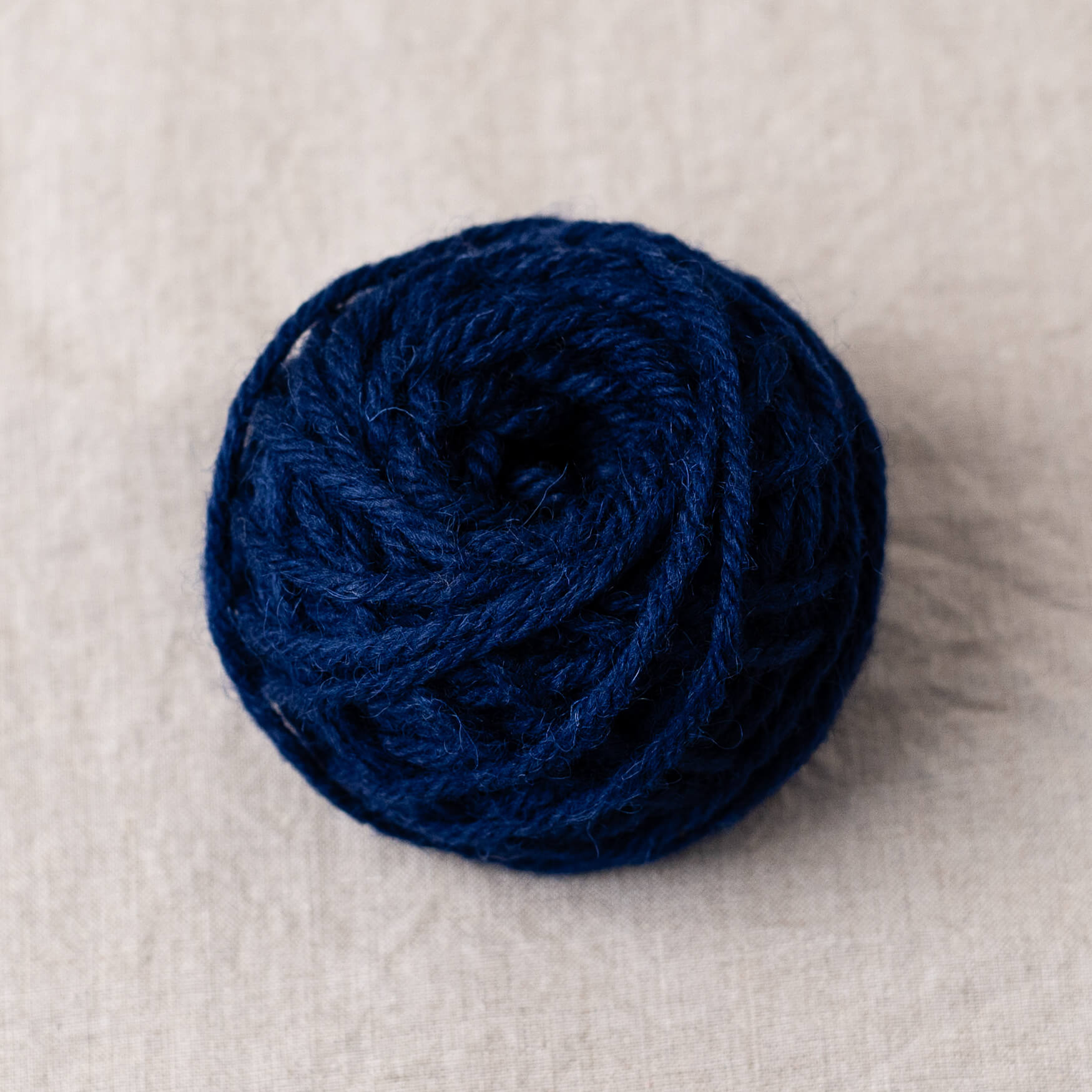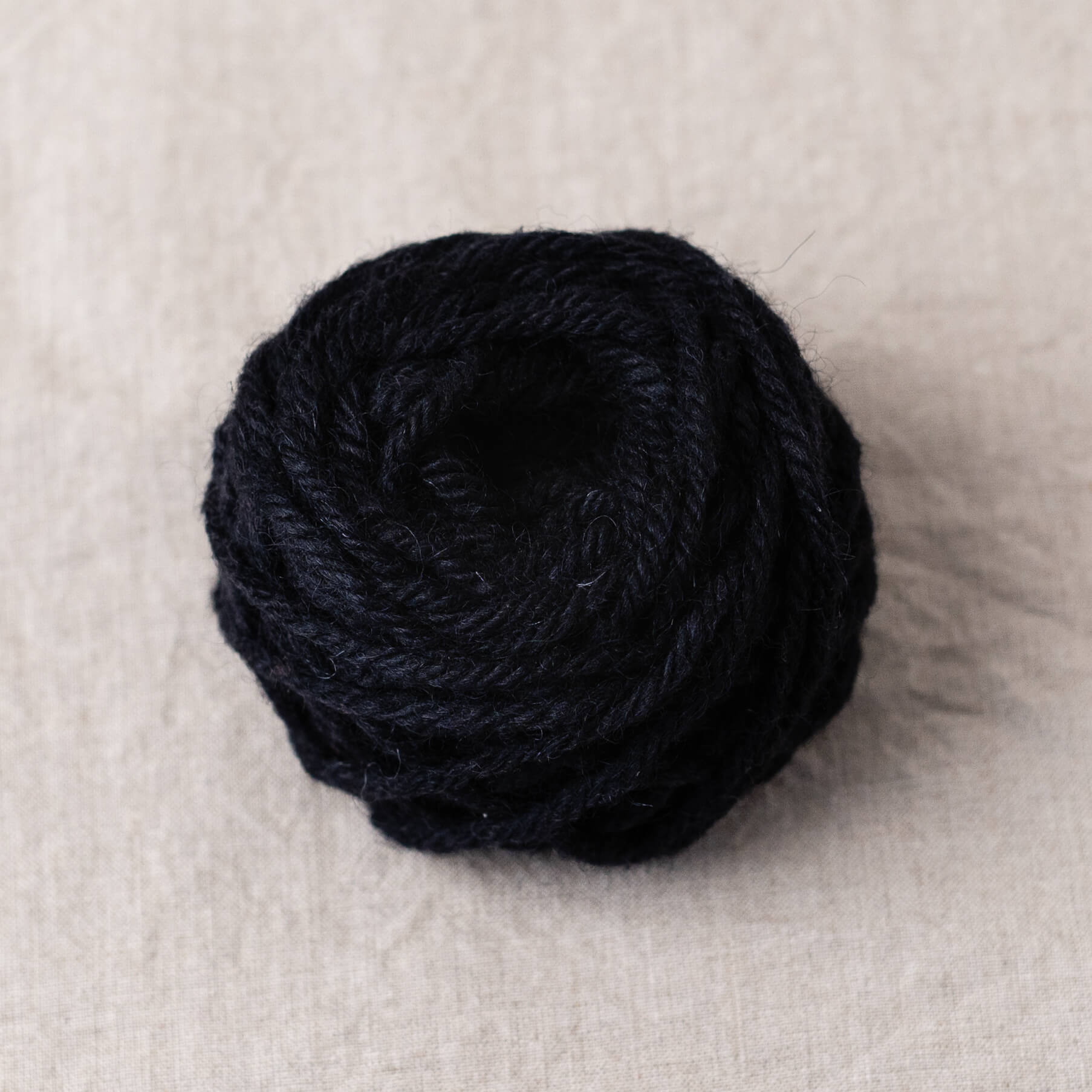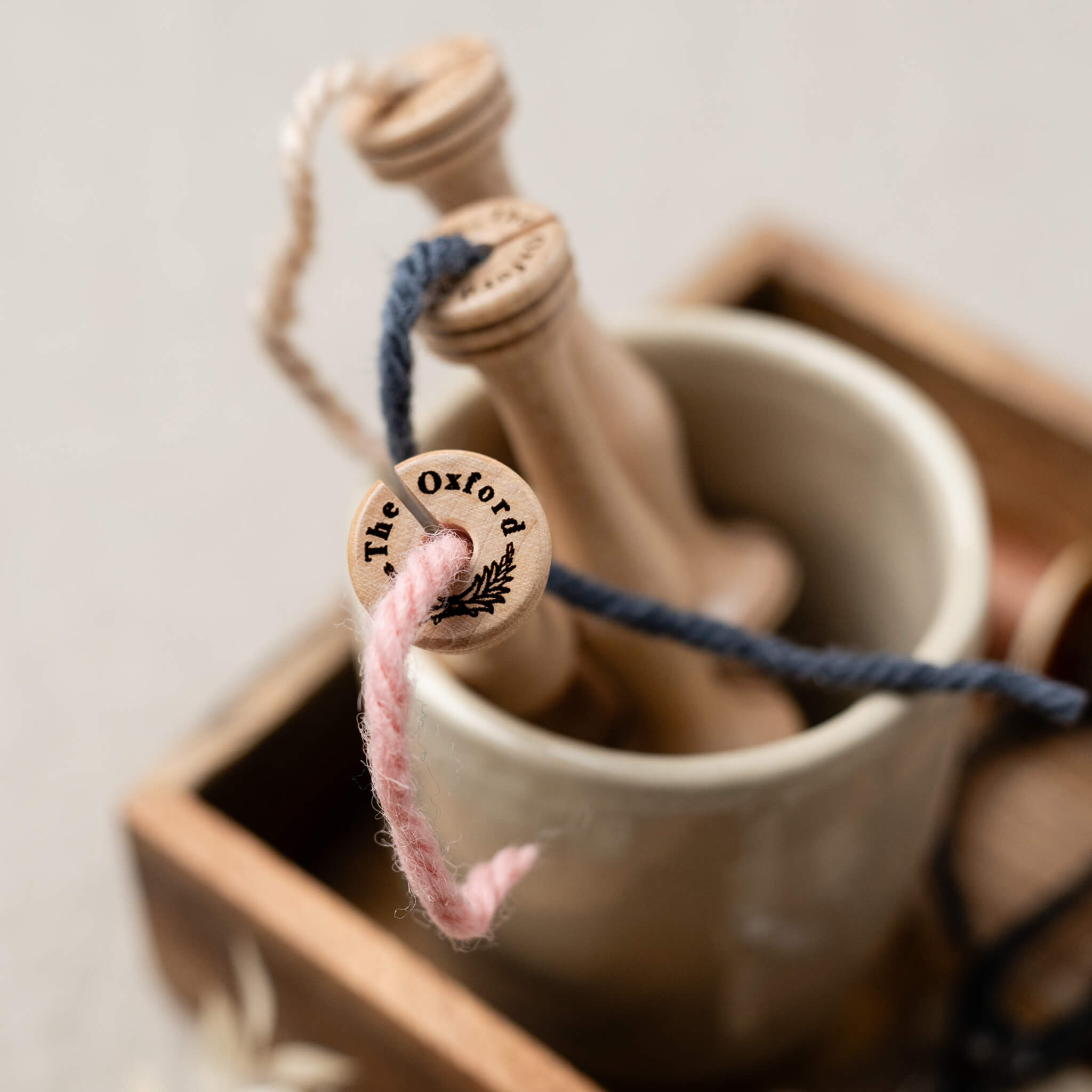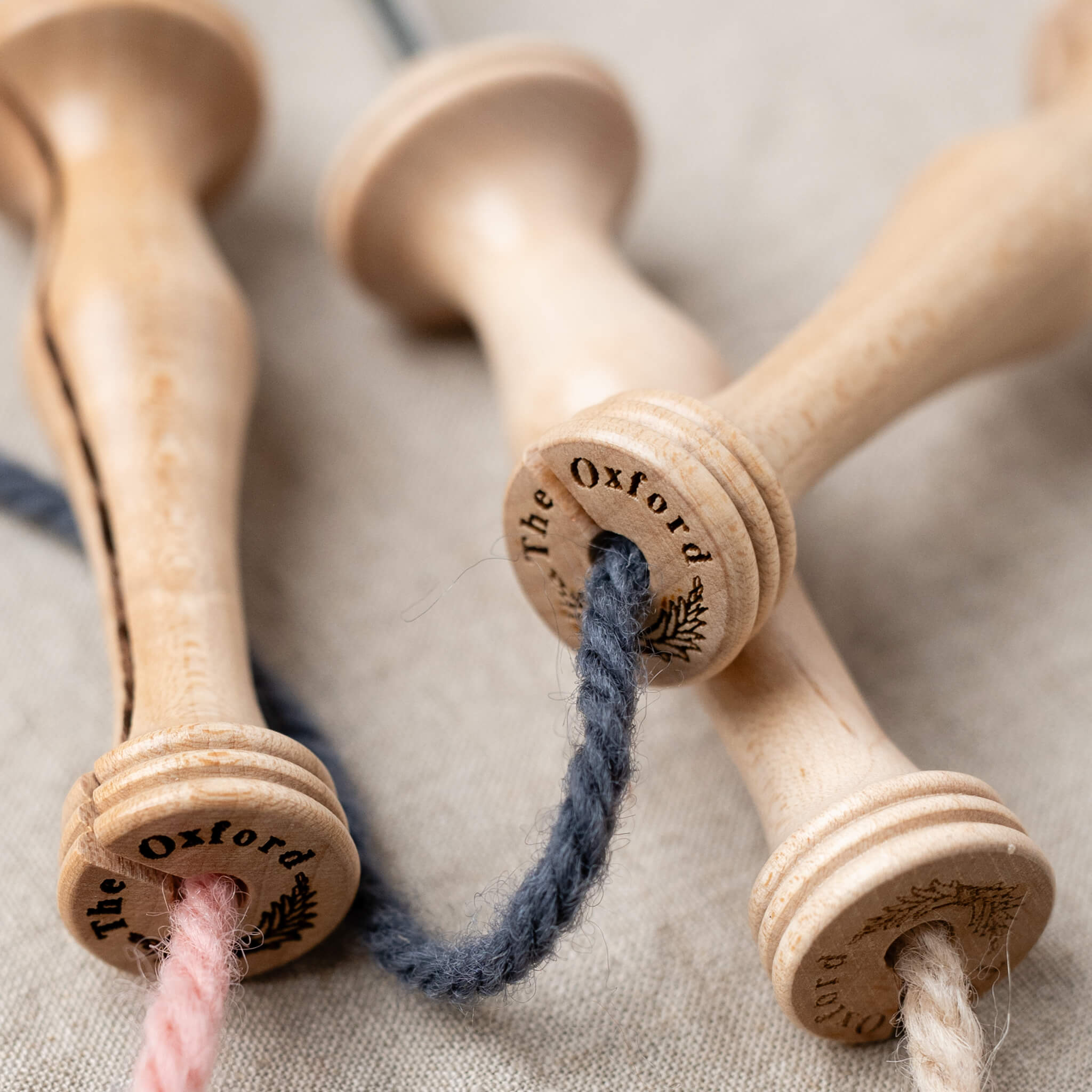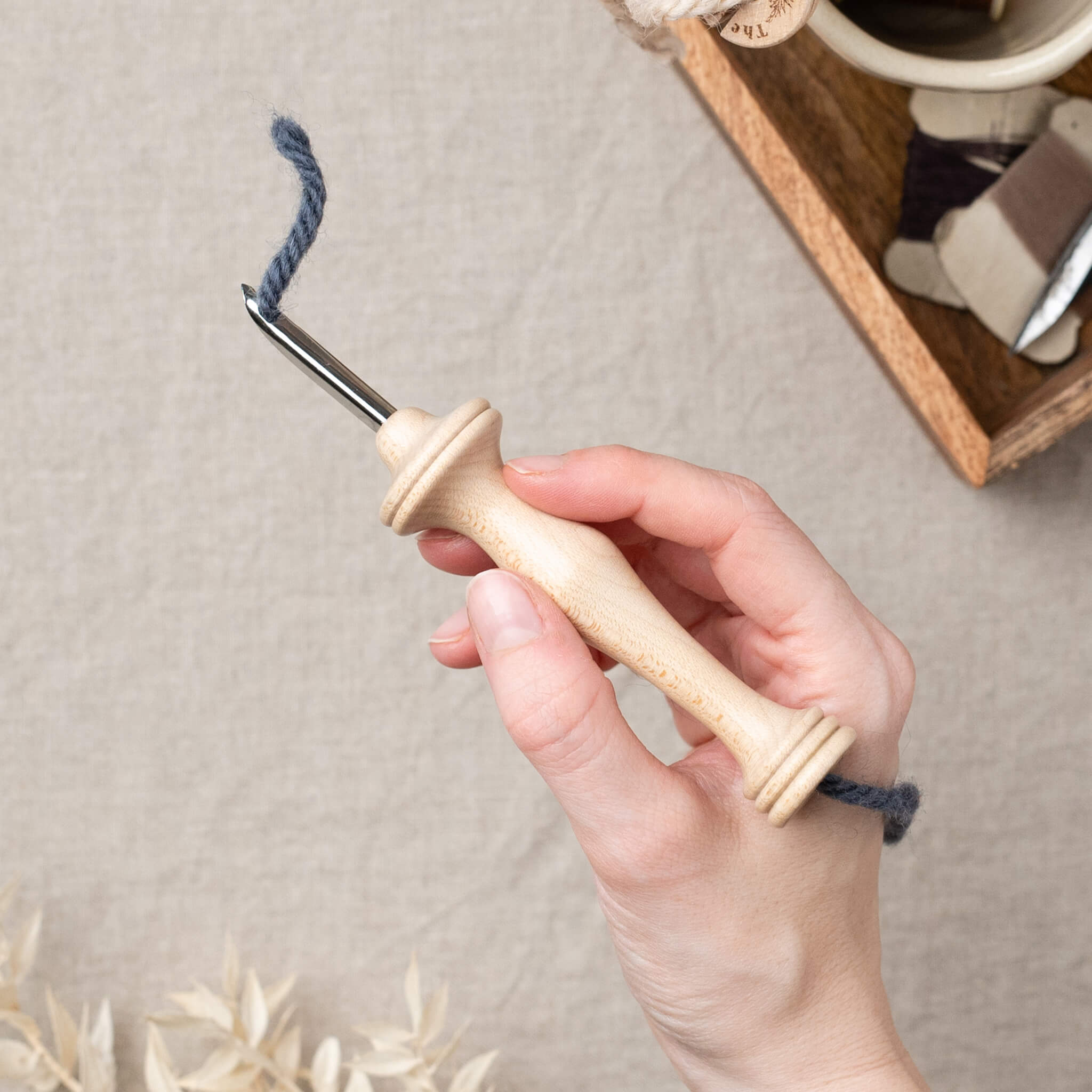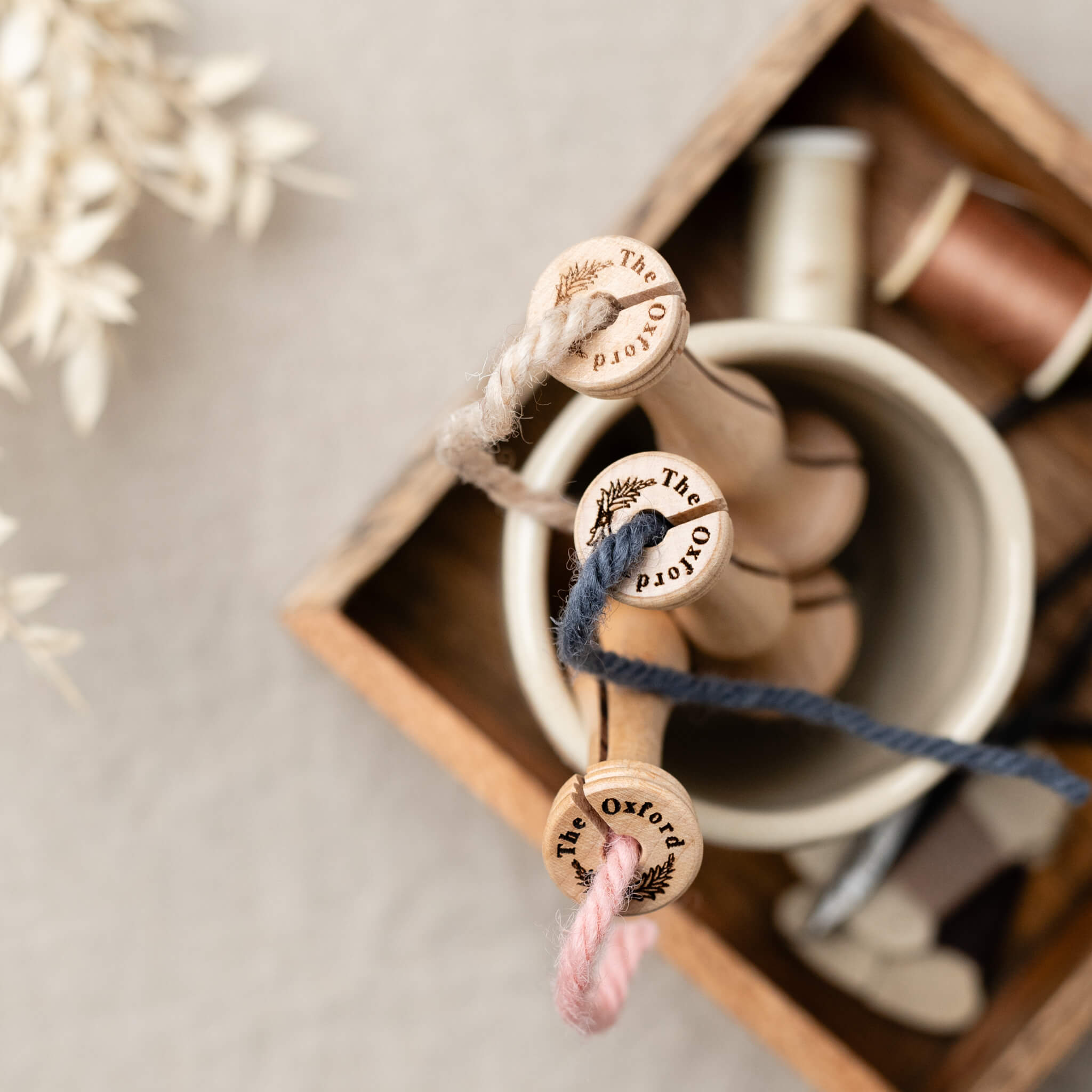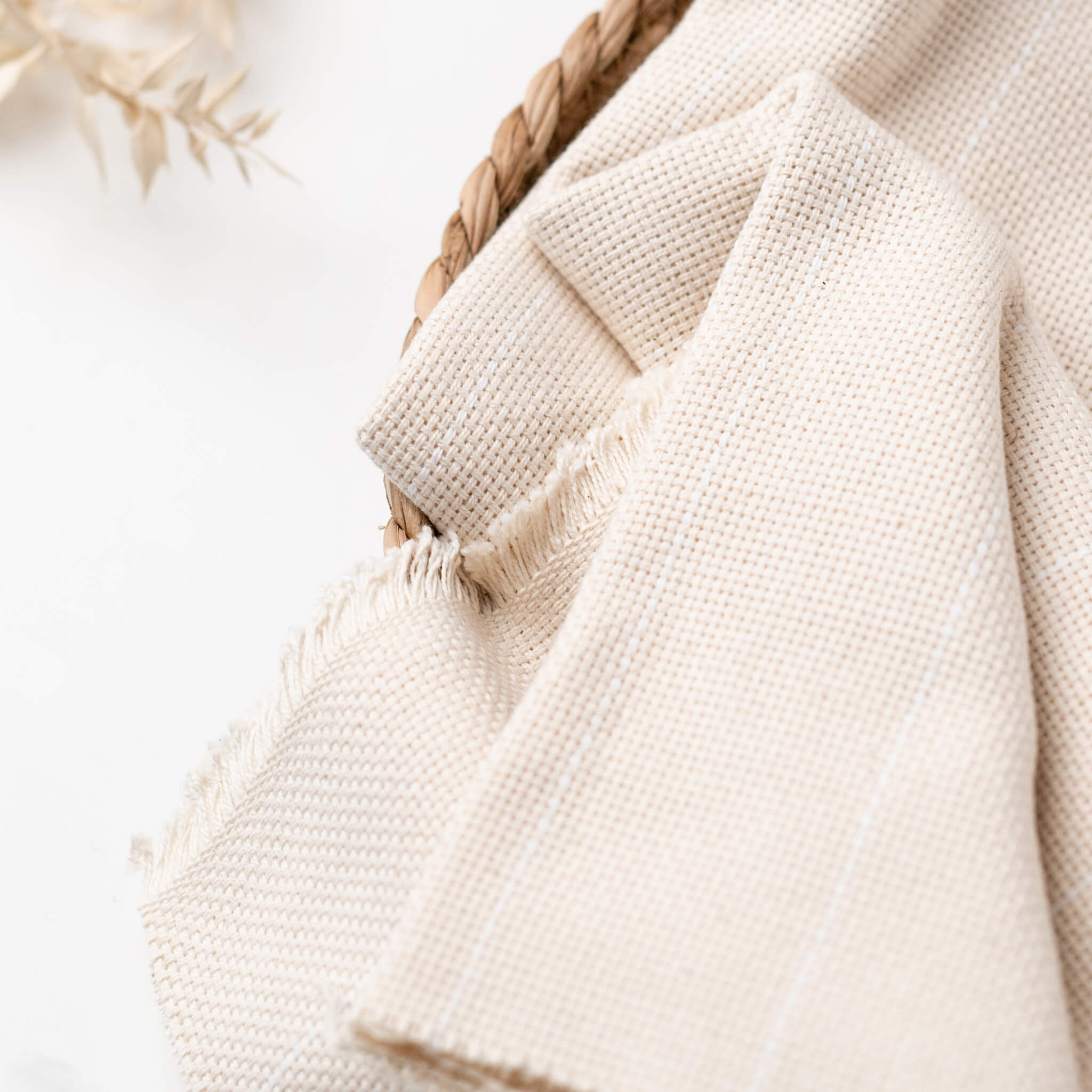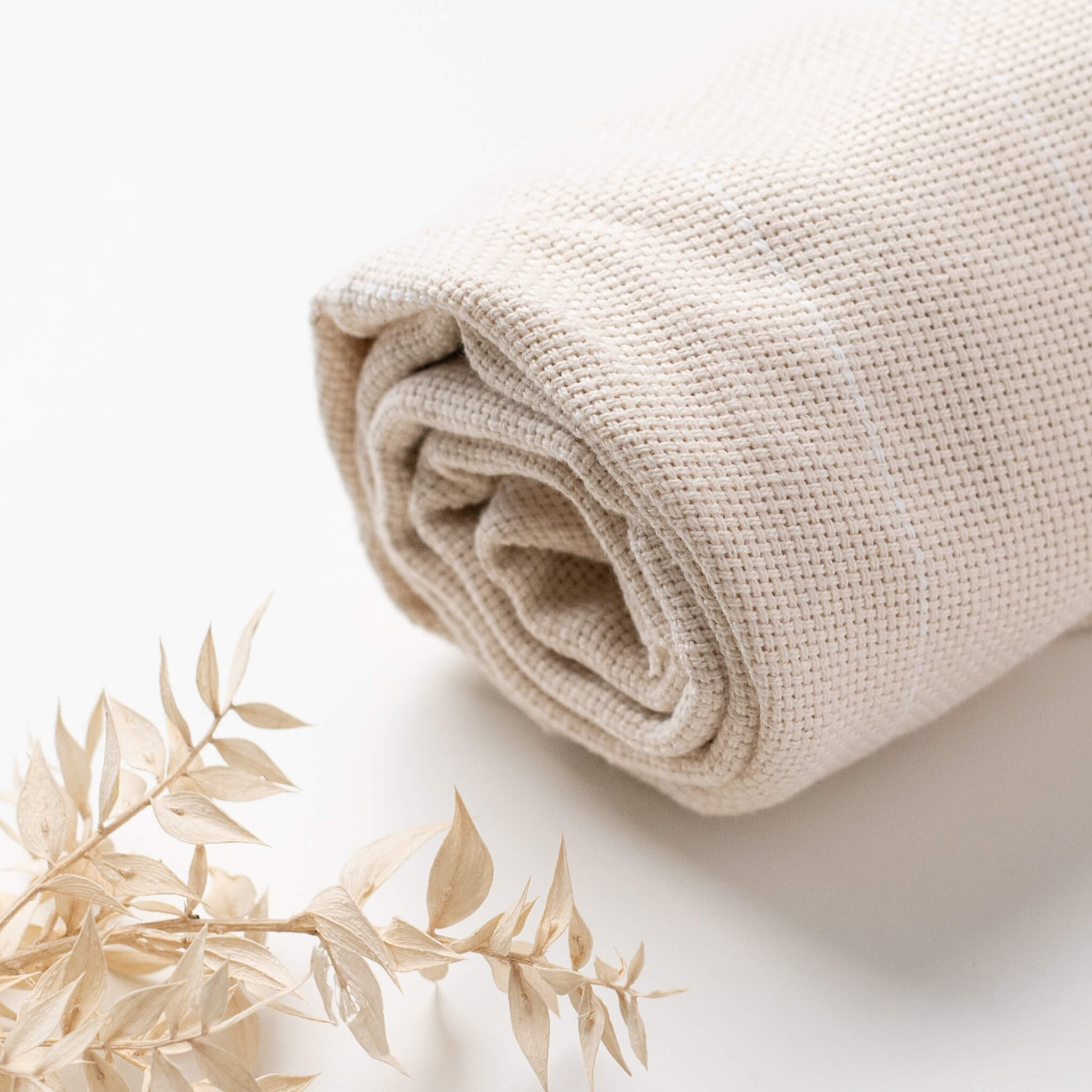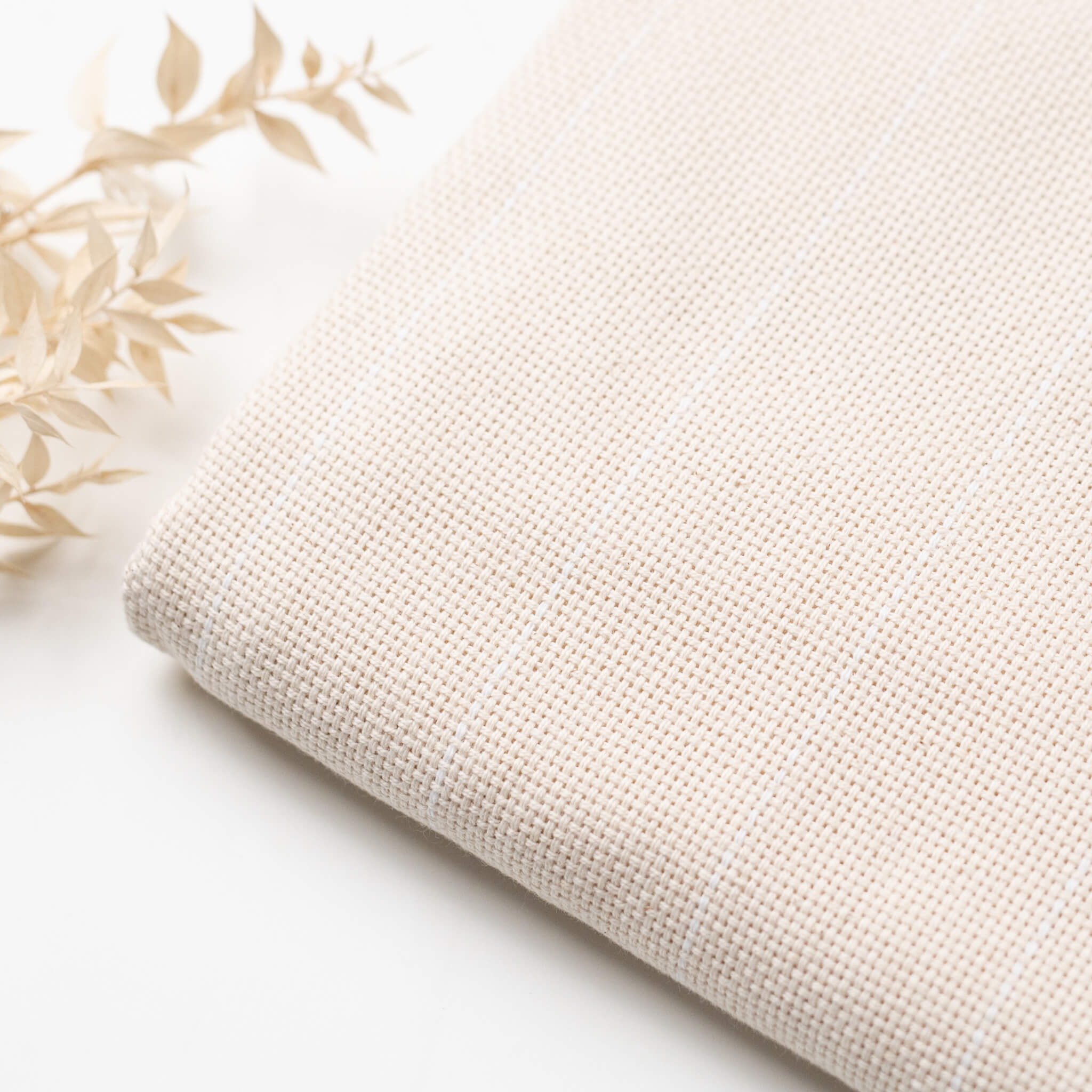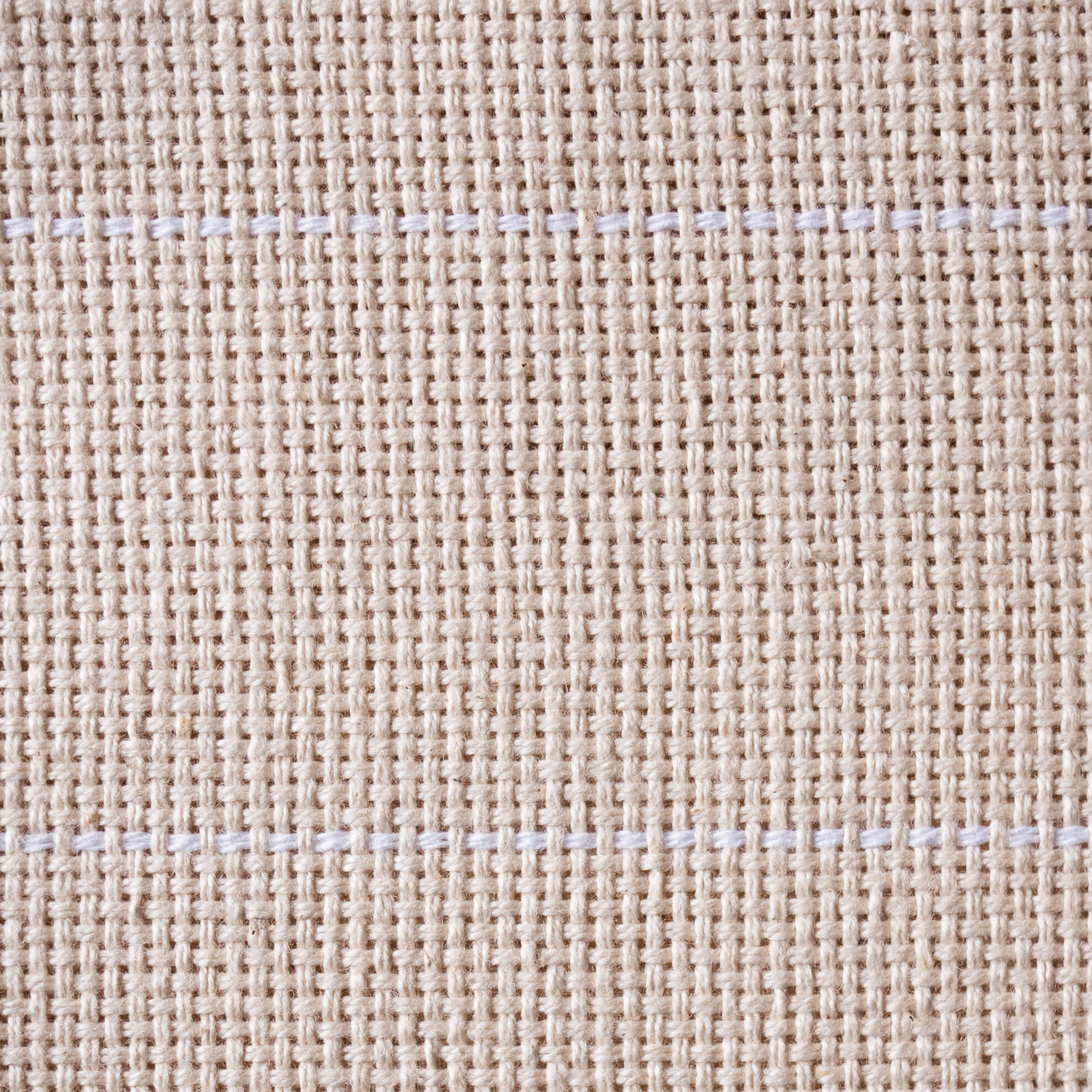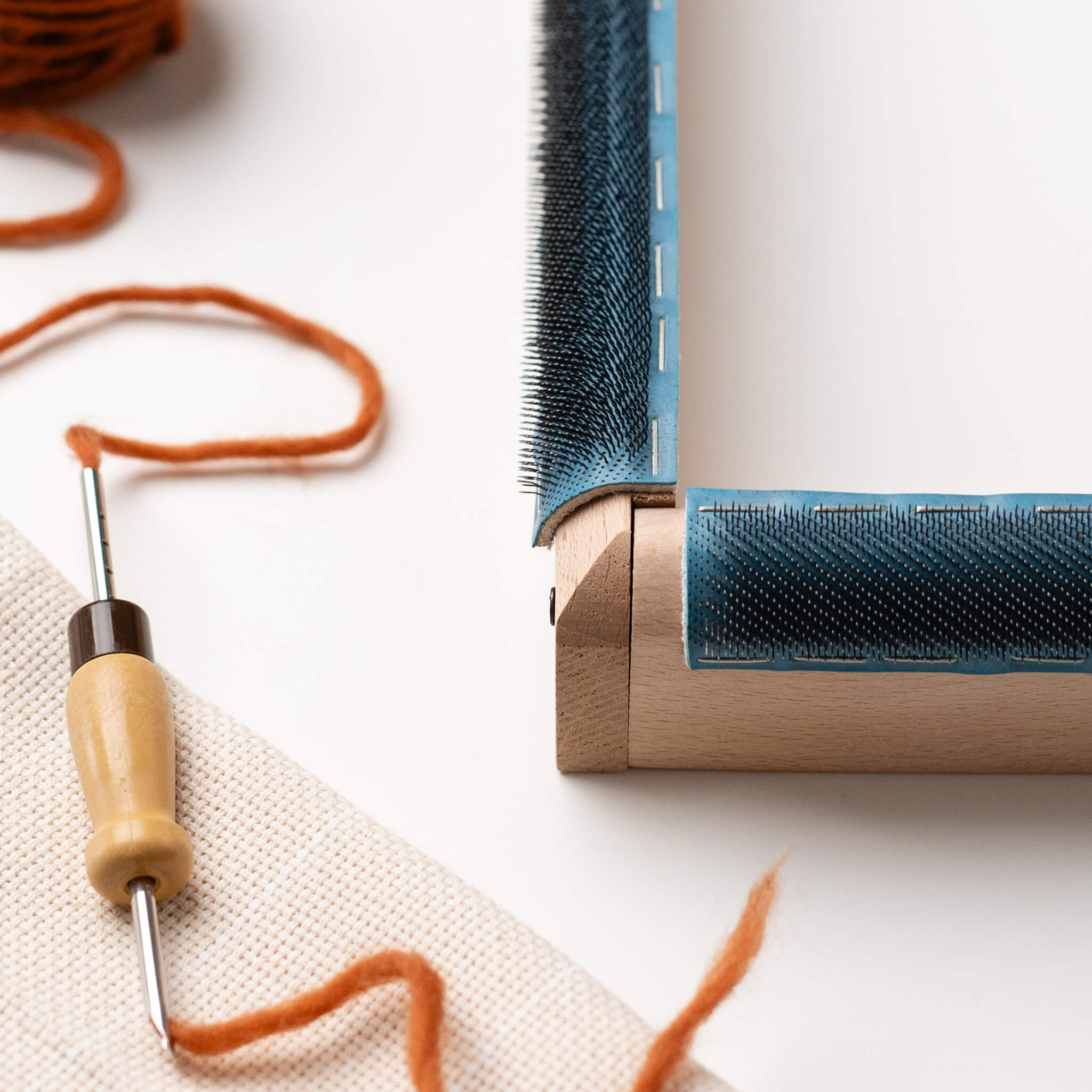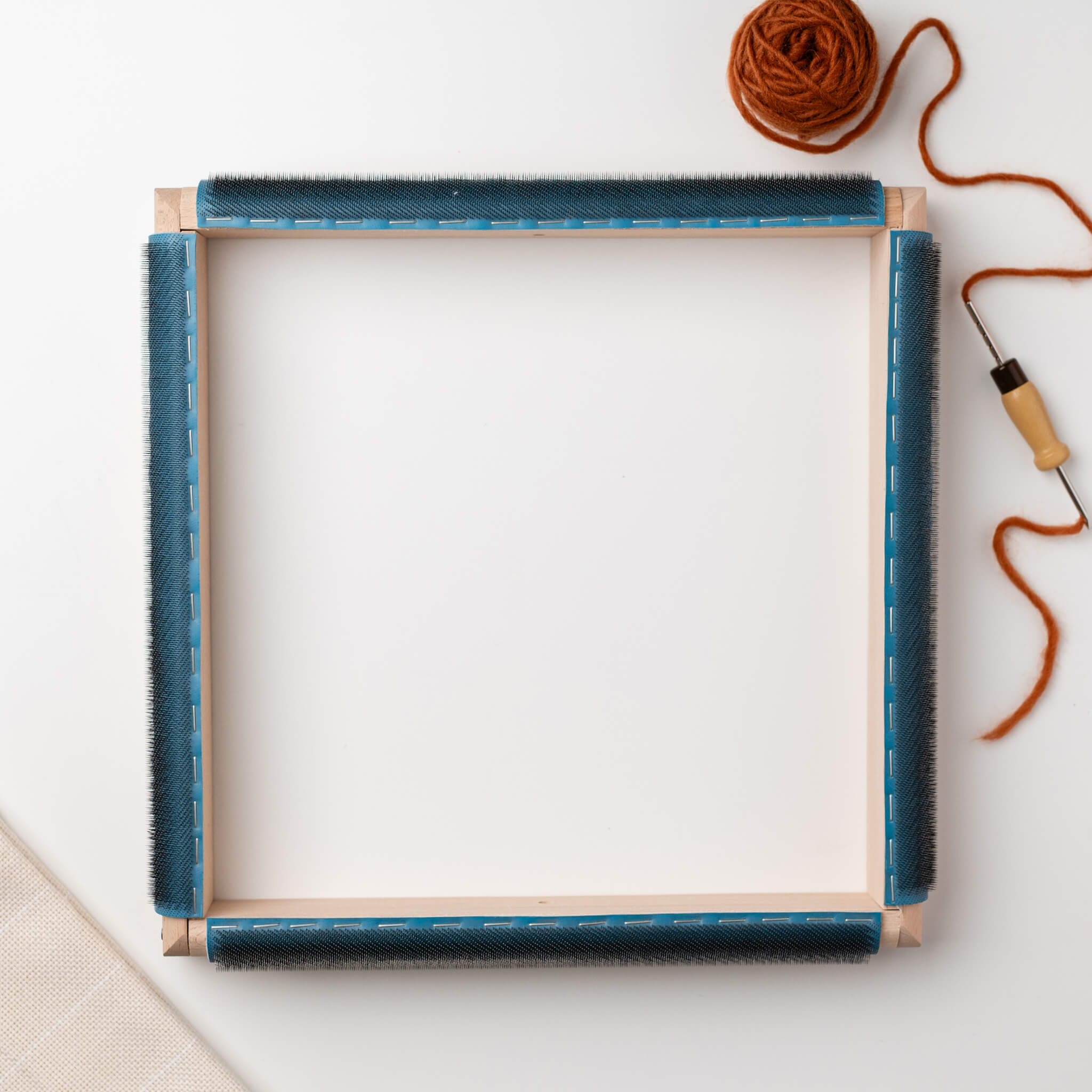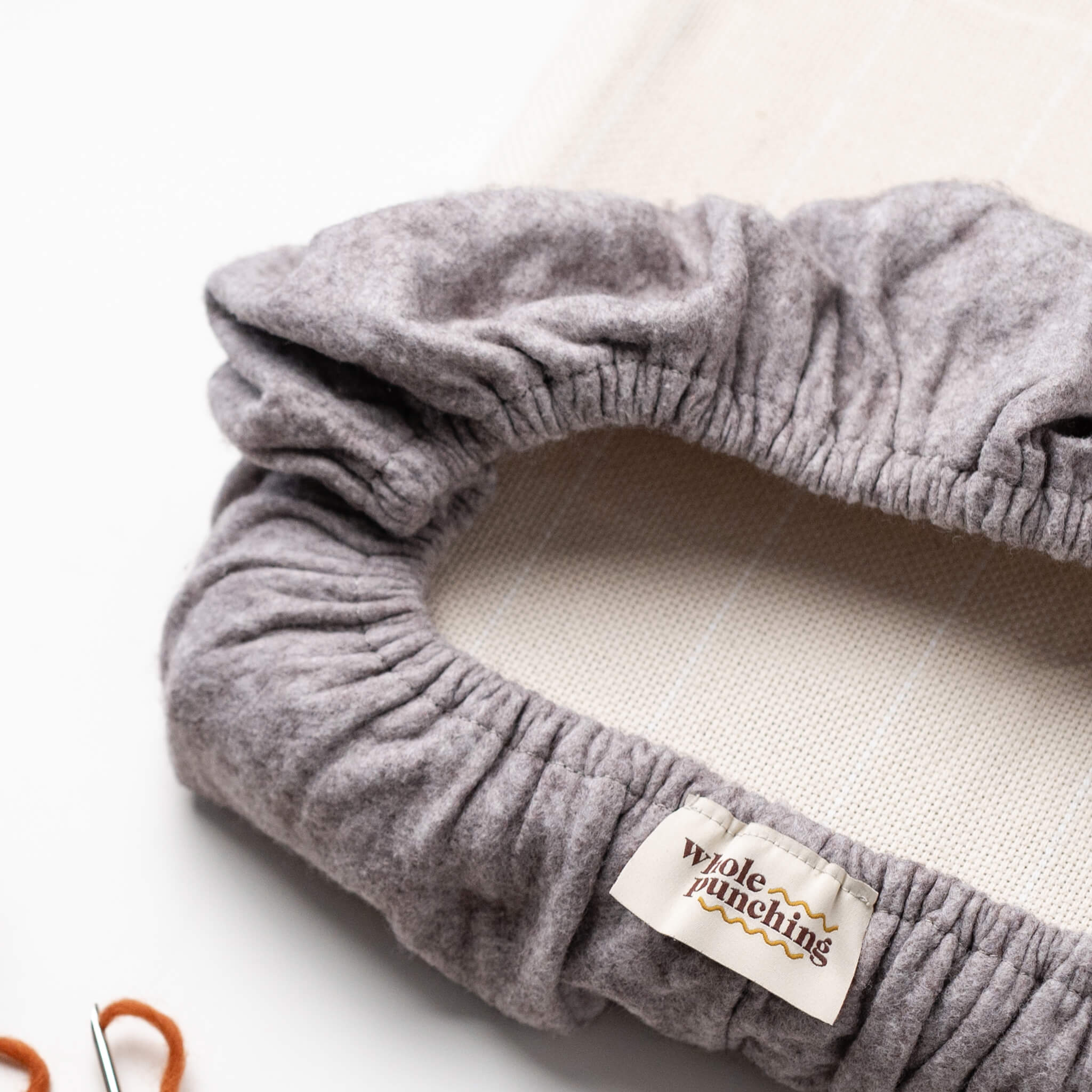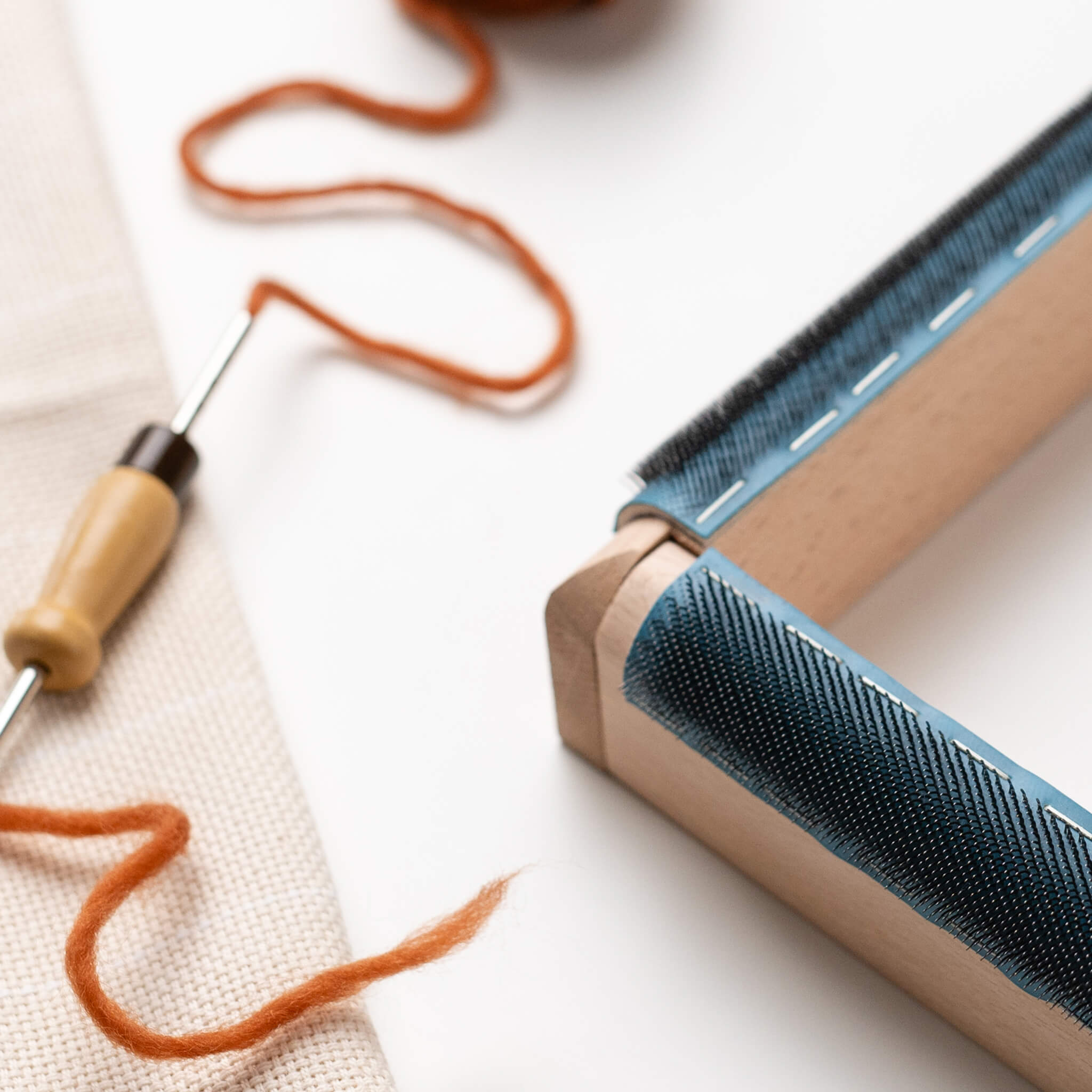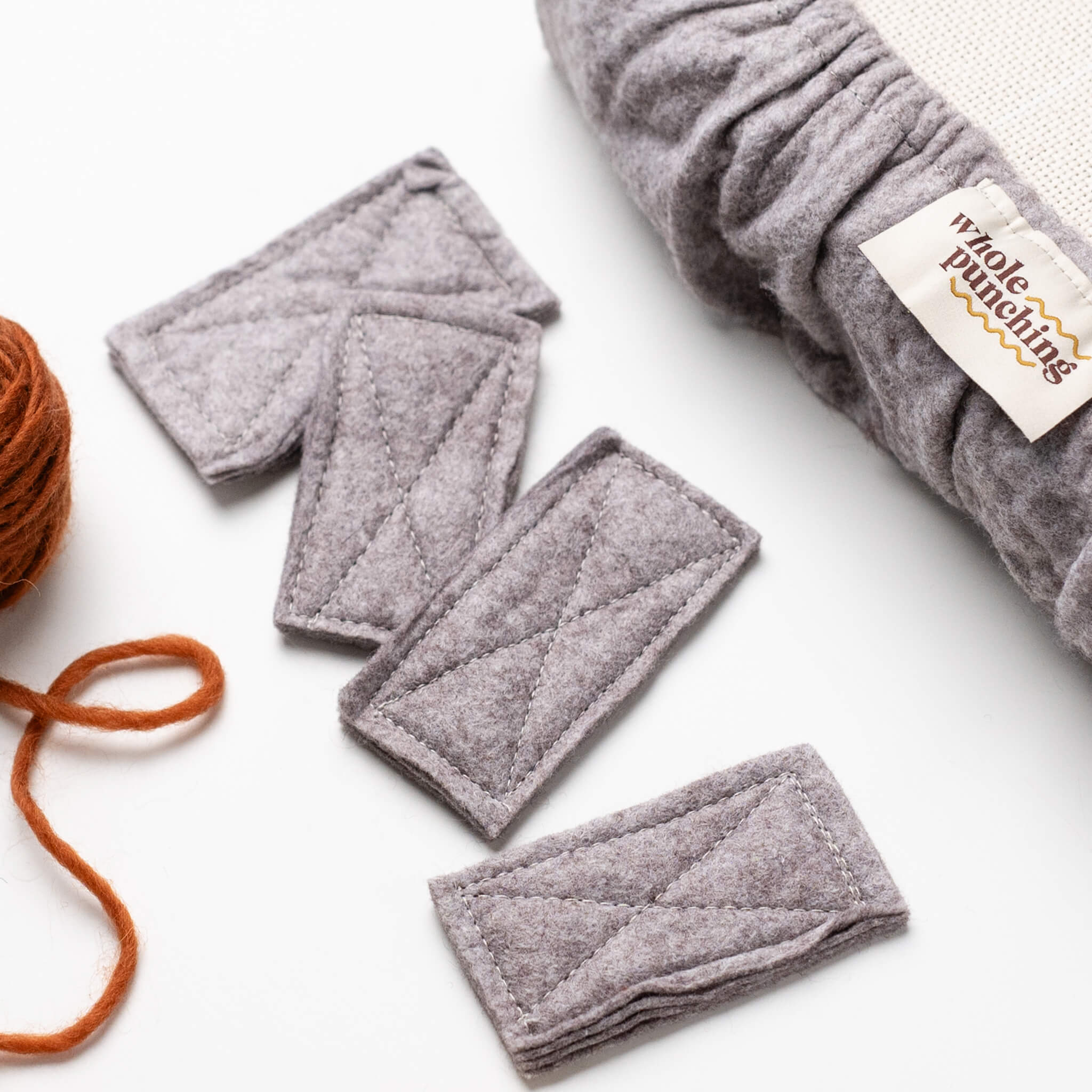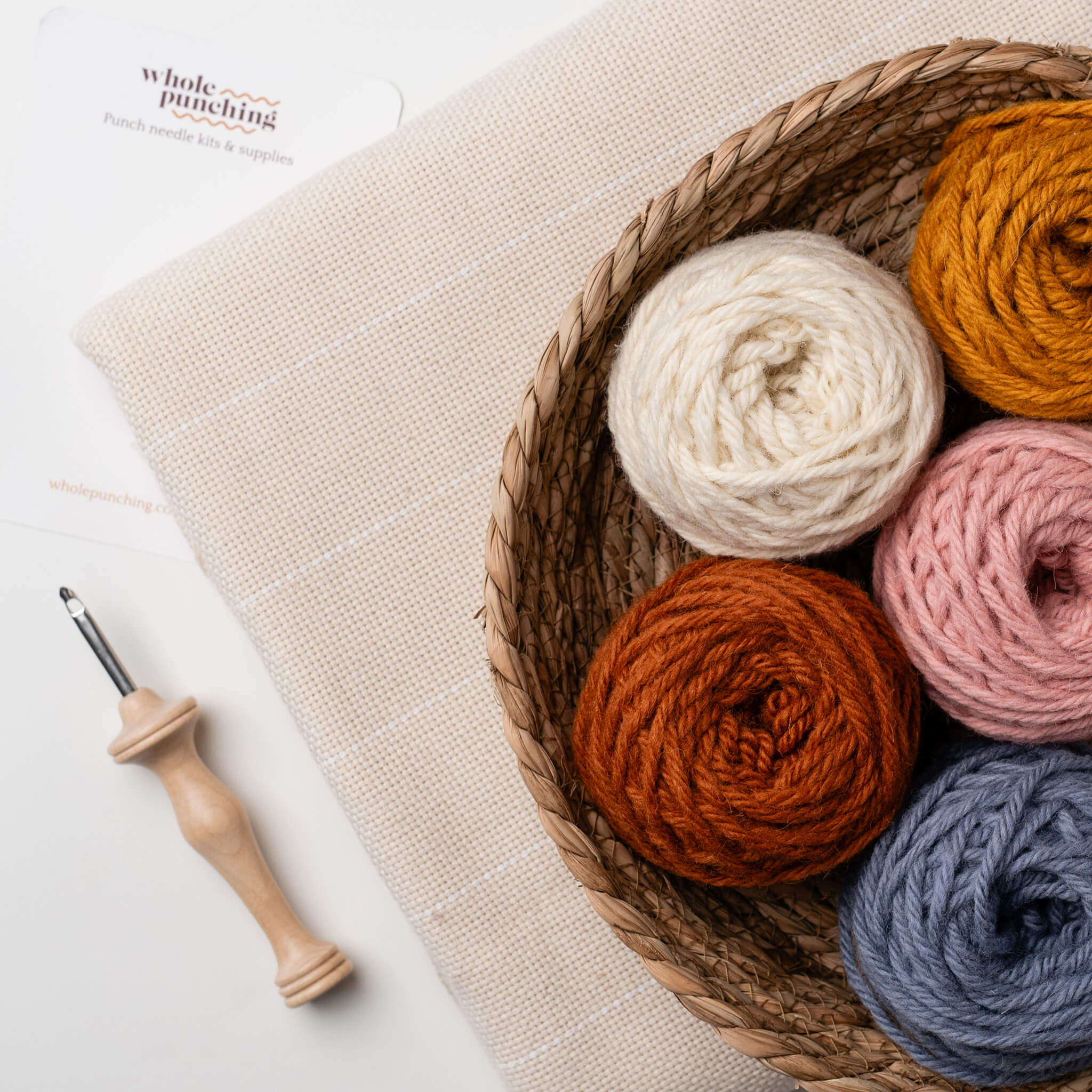To get started with punch needle you will need four key materials; a punch needle tool, fabric, a frame or hoop for stretching your fabric and yarn to punch with. Choosing yarn for your punch needle project can definitely be one of the most fun parts of your planning. However, it’s helpful to keep a few useful tips in mind when you pick the yarn for your next project.
Punch needle width and yarn weight
The width of the punch needle tool will dictate the thickness of yarn that should be used. As a rule of thumb, the wider the punch needle the thicker the yarn and the thinner the punch needle the finer the yarn.

Generally there are punch needle tools that will take (up to a) chunky weight yarn (such as the regular Oxford punch needles and 5.5 mm Lavor needles) down to much smaller punch needles that use embroidery floss. With the fine Lavor punch needle comes three needle tips so that you can use a variety of different yarn weights from just a few strands of embroidery thread in the smallest needle tip up to aran weight yarn in the largest needle tip.
When purchasing a punch needle information on what yarn is suitable to be used with it should be included in the listing.

If a yarn is too fine for a punch needle it can be difficult to control the length of yarn that is being pushed through. This will result in loops of an uneven length and using more yarn than is necessary. If you have a yarn that you would particularly like to use but it is currently too fine for your punch needle, try threading the punch needle with two or three strands rather than one.
Yarn can be described in different ways, a good tool for reference is the standard yarn weight system created by the Craft Yarn Council. This details the yarn weight symbols, category names and the types of yarn that fall into each category. It also provides you with the recommended knitting needle and crochet hook sizes for each yarn. I have this bookmarked in my web browser so that it is easy to use as a reference when shopping for yarn online.
Recommended yarns for punch needle
Chunky 100% wool rug yarn for punch needle
If you want to make long-lasting decor items that will stand the test of time (such as rugs), then you need a punch needle yarn that is going to last. 100% wool punch needle rug yarn is a chunky, bulky weight yarn which is perfect for punching. With it's coarse, unrefined texture, rug yarn is super durable for your punch needle rug hooking projects. It will feel a little rougher to the touch so some people may prefer to use a smoother yarn for cushions, however I love to make cushions out of rug yarn as they stand up to being ‘loved’ by my cats. Due to it’s rougher texture rug yarn punch needle loops grip a little easier into your backing fabric. It makes it easier to achieve nice, even loops.
Wool has many advantageous properties over a synthetic fibre. It is a natural insulator, breathable, biodegradable, resilient and renewable. We are yet to manufacture another fibre to match its unique properties.
Chunky weight rug yarn is suitable for use with:

Aran 100% cotton yarn for punch needle
100% cotton yarn spun from multiple thin strands of cotton is a great option if you do not want to use a yarn including animal products or if you have sensitive skin, since the yarn does not itch or irritate. Choosing a yarn that is Oeko-Tex® certified means that it has been tested and found completely free from harmful chemicals and is safe for human use. Cotton yarn is wonderful to punch with. Although smoother than the rug yarn, it isn’t too slippery to run through the punch needle. It’s a great choice for making small decorative items like coasters or baubles, or anything that might need to be chucked in the wash.
Aran weight cotton yarn is suitable for use with:
- Oxford fine punch needles
- Lavor fine punch needle (largest needle tip)
- linen fabric
- monks cloth fabric

Free flowing yarn
As a rule yarn should move smoothly through a punch needle. Yarn that is too fluffy (such as mohair) or lumpy (such as novelty yarn) is likely to snag and get stuck in the punch needle. It is better to choose a smoother yarn when you are learning to prevent this causing a problem. When your punch needle is threaded pull the yarn back and forth through the needle to check how smoothly it moves. However, choosing a yarn that is too silky could be problematic as it slides too well through the needle without any resistance. This can cause uneven loops.

Knots in yarn
Sometimes you might receive a ball or hank of yarn and find that it has knots in it. With punch needle it doesn’t matter if you have a full ball or smaller pieces of yarn. In fact punch needle is great for using up scraps of yarn from other projects. If you can see a knot in your yarn, cut either side of it to remove it before you start punching. If you are punching and your loops start coming out it may be because a knot has travelled through the punch needle and is hidden in the handle. If you are struggling to keep your loops in and it is not because your yarn is trapped try unthreading your needle to see if a knot has made it’s way into the handle of the punch needle.
Have fun experimenting with different yarns in your punch needle projects. The more you make the sooner you will discover what you like to work with.

